Broccoli
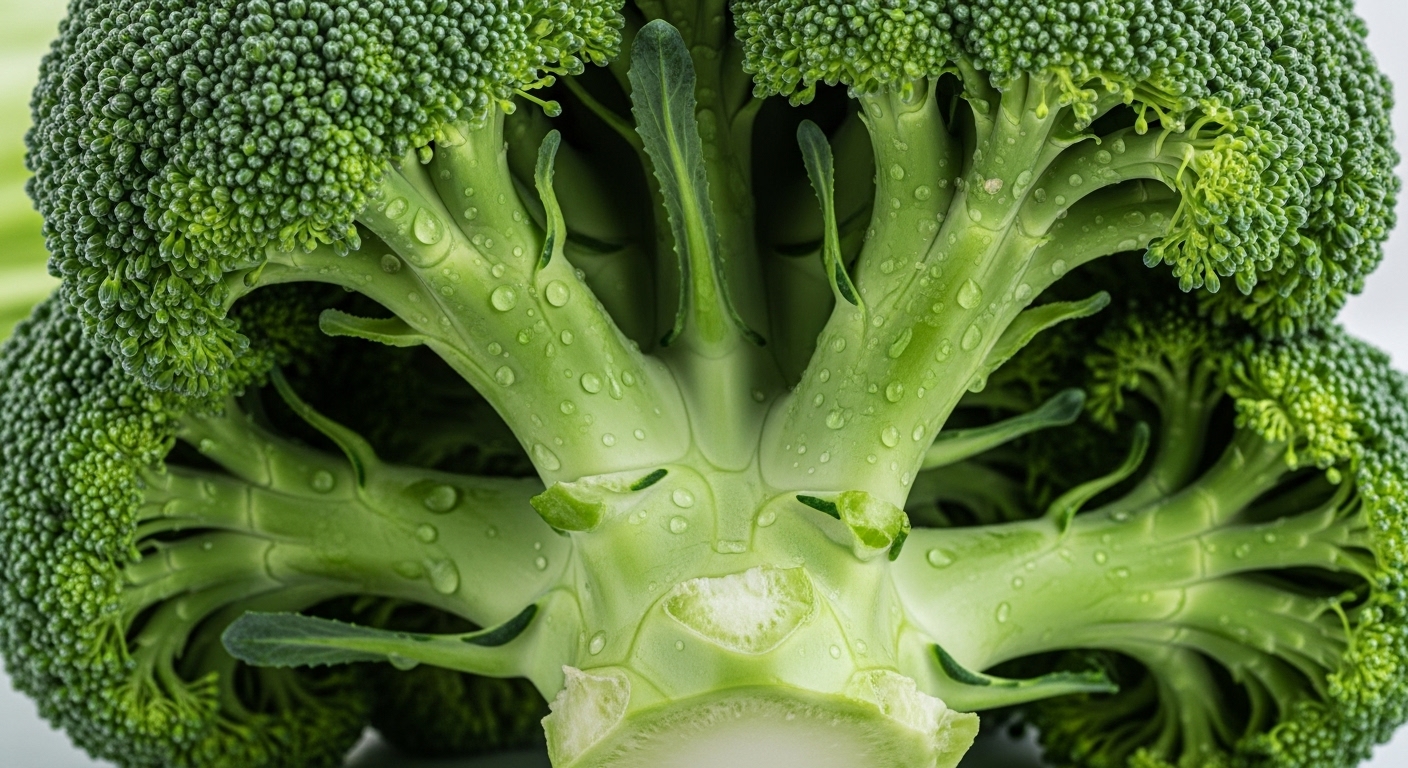
Nutritional Value: High in vitamins C and K, folate, fiber, and antioxidants.
- Supports immunity and bone health.
- Reduces inflammation and helps detoxify the body.
Best Ways to Eat: Steamed, stir-fried, or added to soups.
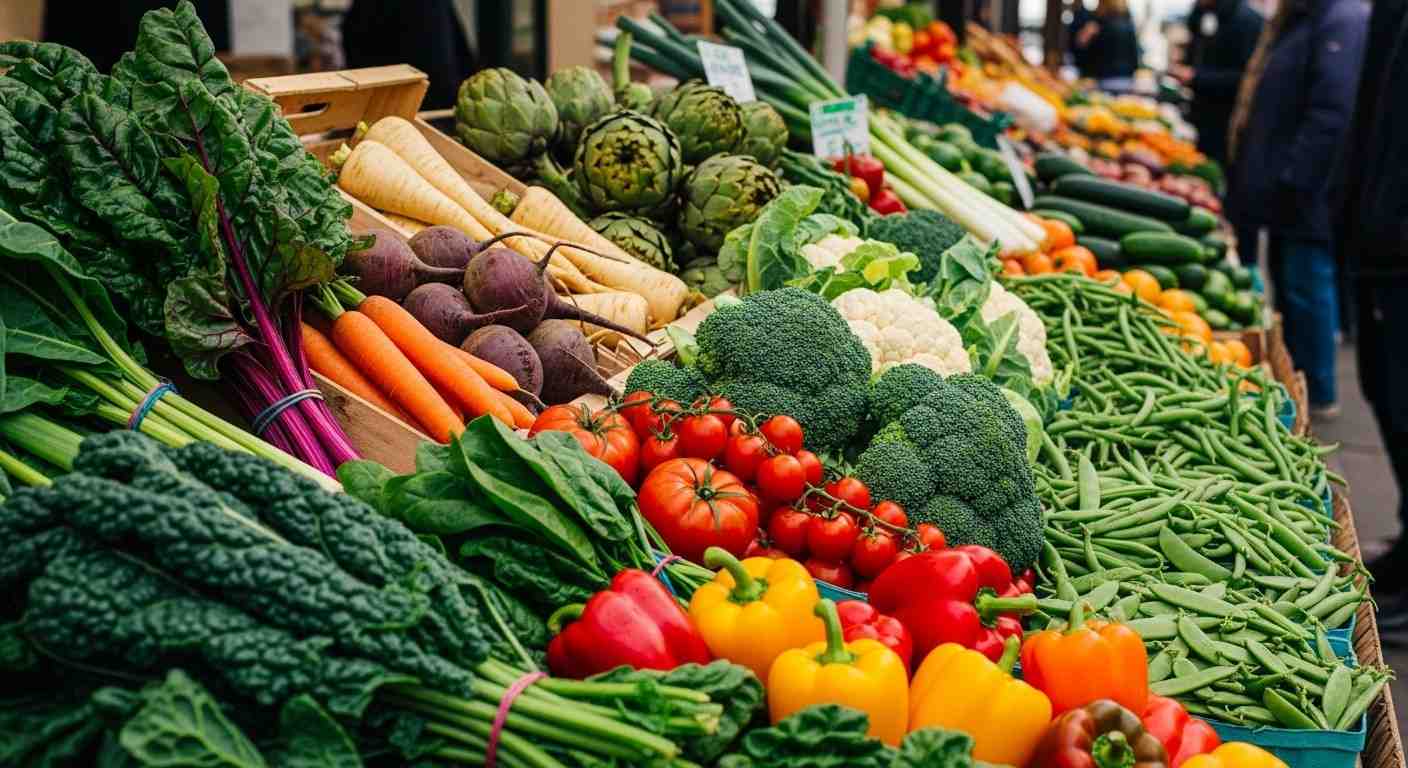
Healthy vegetables are best plant foods that are rich in essential nutrients like vitamins, minerals, fiber and antioxidants but low in calories, fats and added sugars. They are important for good health, digestion, immunity and in preventing chronic diseases such as heart disease, diabetes and many cancers.
Example: Spinach, broccoli, carrots, and bell peppers are classic healthy vegetables because they provide multiple nutrients and health benefits in low-calorie servings.
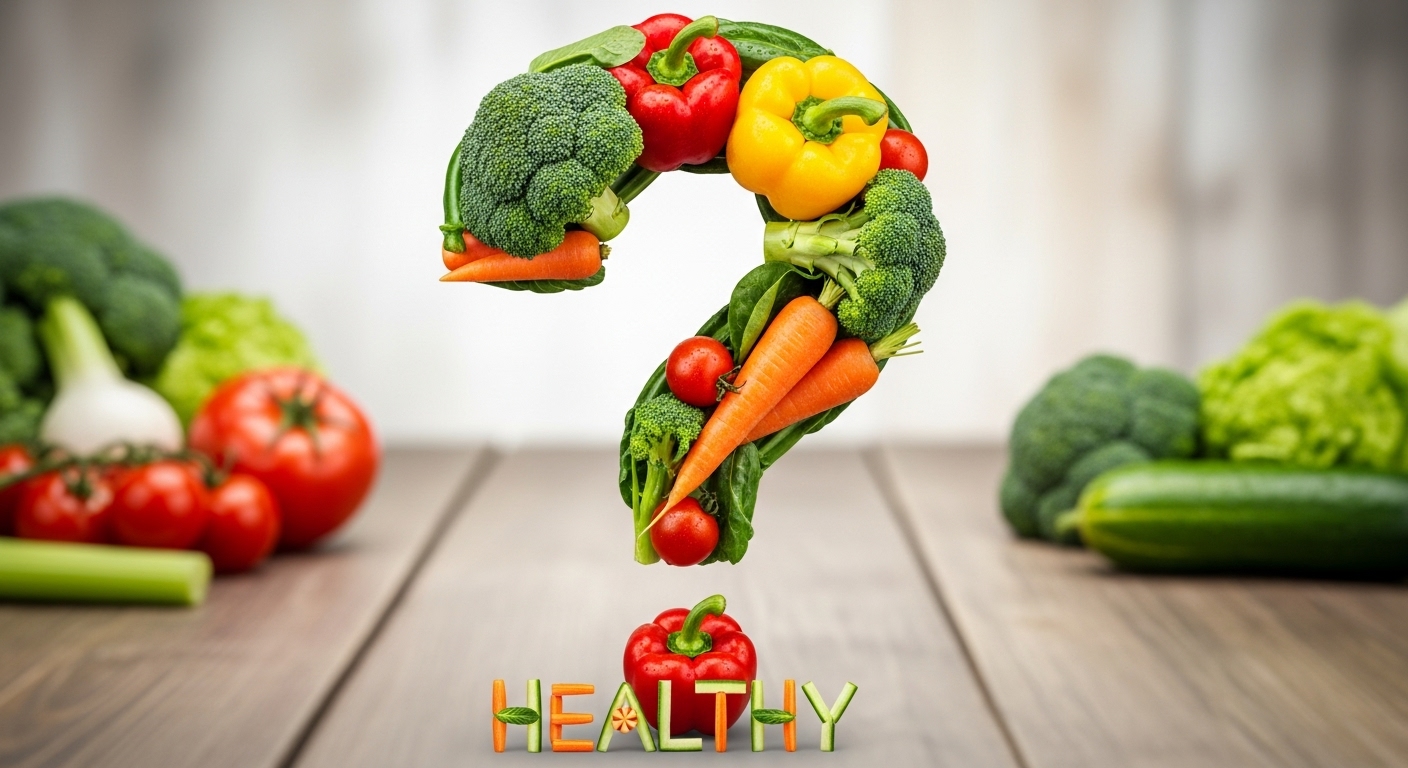
Vegetables are a fundamental part of a balanced diet, providing essential nutrients that our bodies need for optimal health. They are naturally low in calories and rich in:
A vegetable is considered healthy when it offers a high concentration of essential nutrients while being low in calories, fats, and added sugars. Healthy vegetables are typically:
Examples include leafy greens like spinach, cruciferous vegetables like broccoli, and root vegetables like carrots.
Vegetables are nature’s powerhouse of nutrients. Their key benefits include:
Incorporating vegetables into your daily meals is crucial for:
Health experts recommend consuming at least 3–5 servings of vegetables every day for optimal health and longevity.
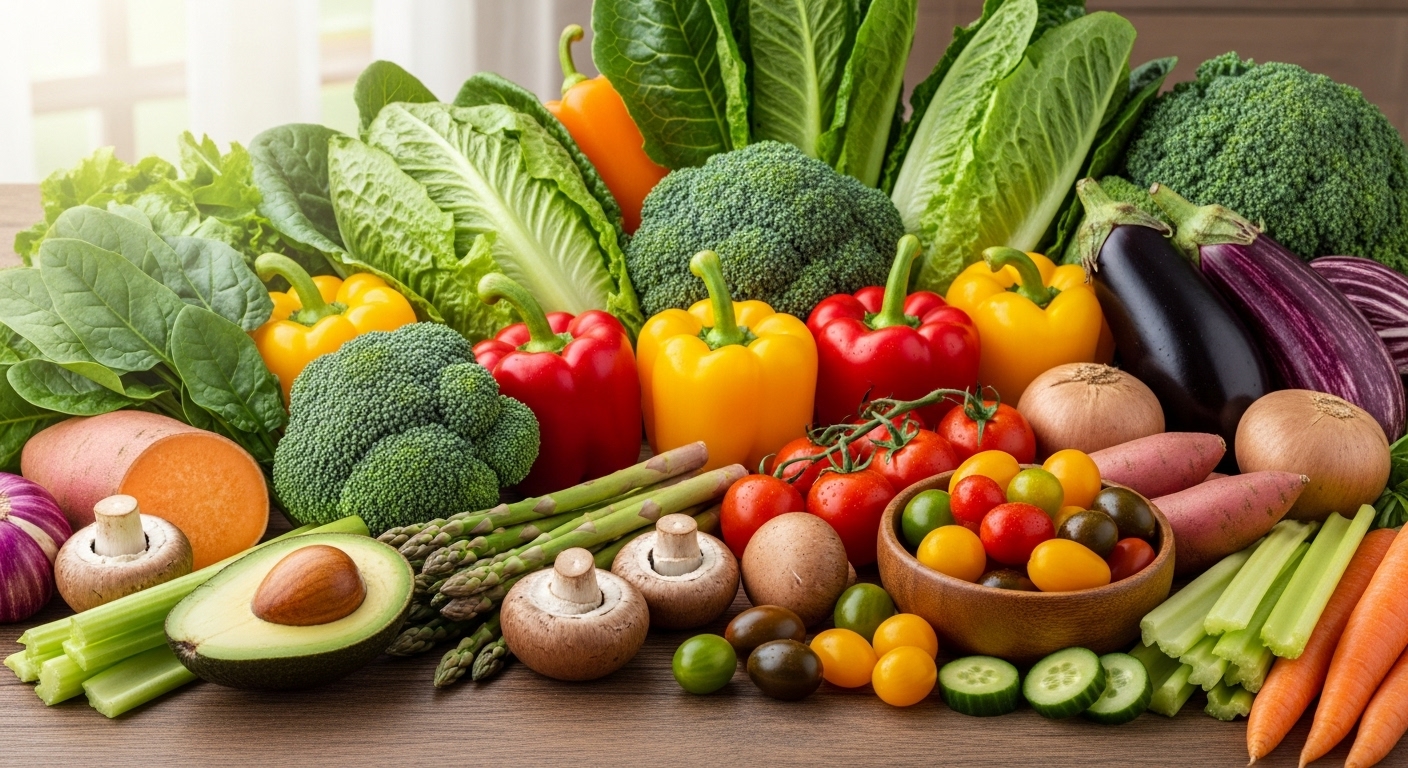
Vegetables come in many forms, each with unique nutrients and health benefits. Understanding the different types helps in creating a balanced and varied diet. Below are some of the most important categories and examples.
Leafy greens are among the most nutrient-dense vegetables, offering high levels of vitamins, minerals, and fiber with very few calories. They are excellent for heart health, weight management, and digestion.
Nutritional Value: Rich in iron, calcium, magnesium, vitamin A, C, K, and folate.
Health Benefits:
Best Ways to Eat: Raw in salads, lightly sautéed, added to smoothies, or soups.
Nutritional Value: Excellent source of vitamins A, C, and K; contains antioxidants and fiber.
Health Benefits:
Best Ways to Eat: In salads, baked as kale chips, or blended into smoothies.
Nutritional Value: Low in calories, good source of vitamin K and folate.
Health Benefits:
Best Ways to Eat: Fresh in salads or as a base for wraps and sandwiches.
Nutritional Value: Rich in vitamins K, A, and C; contains magnesium, potassium, and iron.
Health Benefits:
Best Ways to Eat: Lightly sautéed, added to soups, or steamed as a side dish.
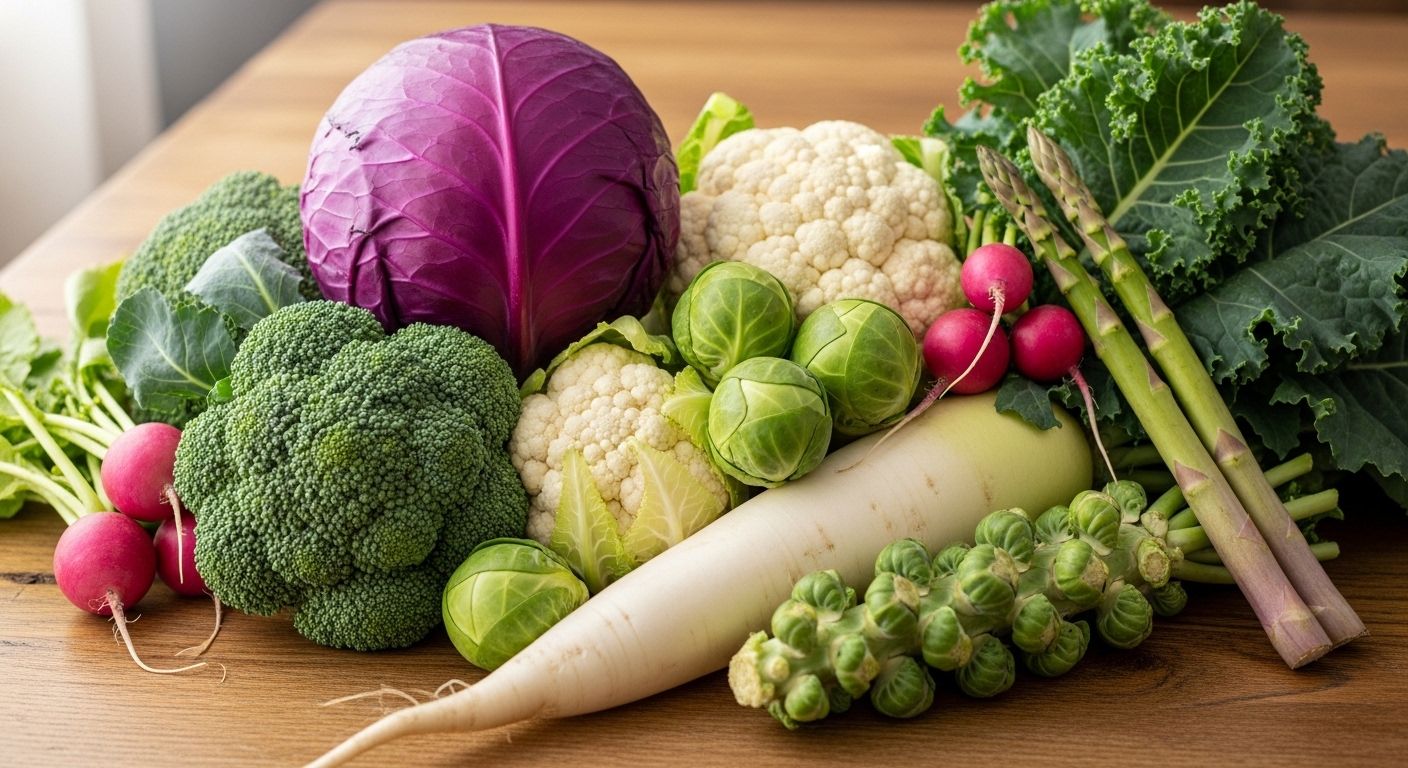
Cruciferous vegetables are known for their unique compounds called glucosinolates, which have cancer-fighting properties and are packed with vitamins, minerals, and fiber.

Nutritional Value: High in vitamins C and K, folate, fiber, and antioxidants.
Best Ways to Eat: Steamed, stir-fried, or added to soups.
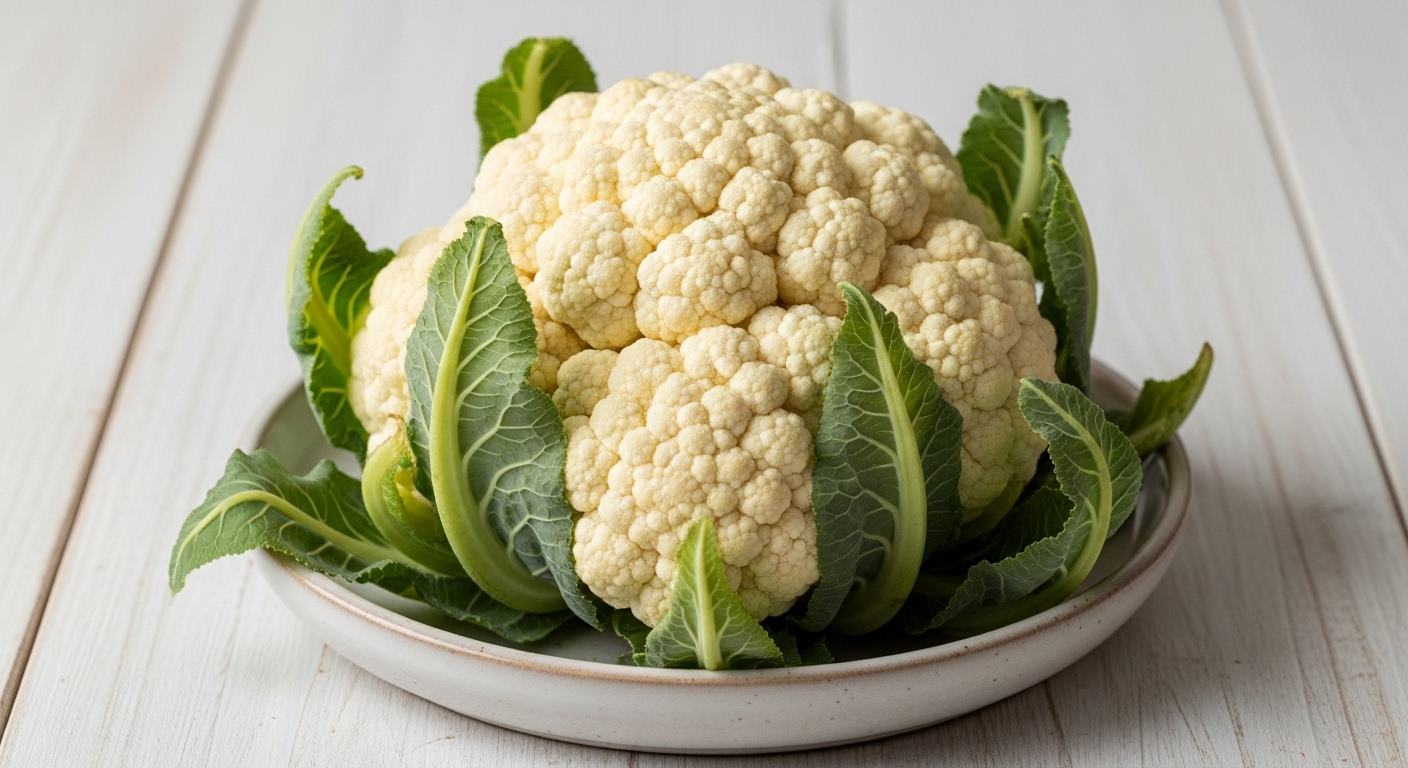
Nutritional Value: Good source of vitamin C, folate, and fiber.
Best Ways to Eat: Roasted, mashed, or in salads.
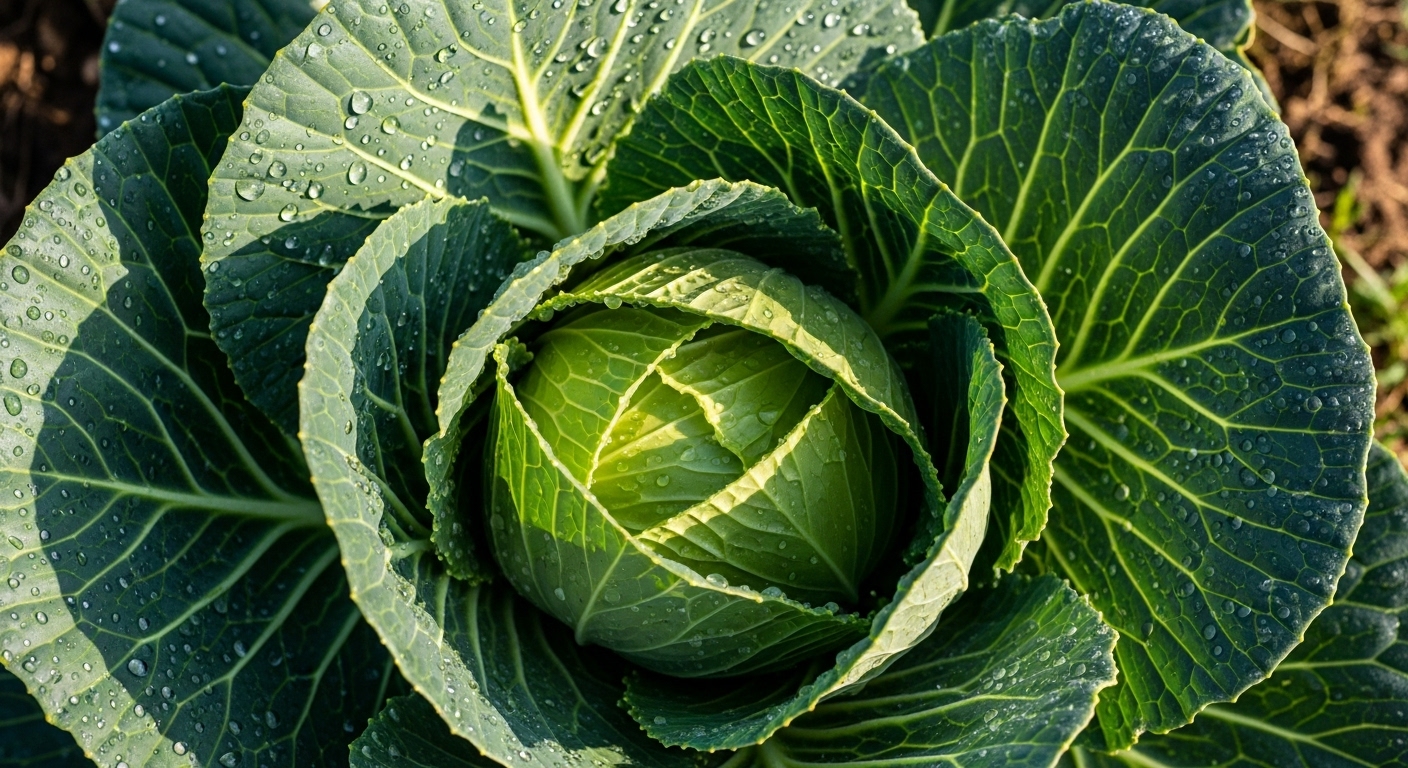
Nutritional Value: Rich in vitamin C, K, and fiber.
Best Ways to Eat: Raw in salads, fermented as kimchi, or cooked in soups.
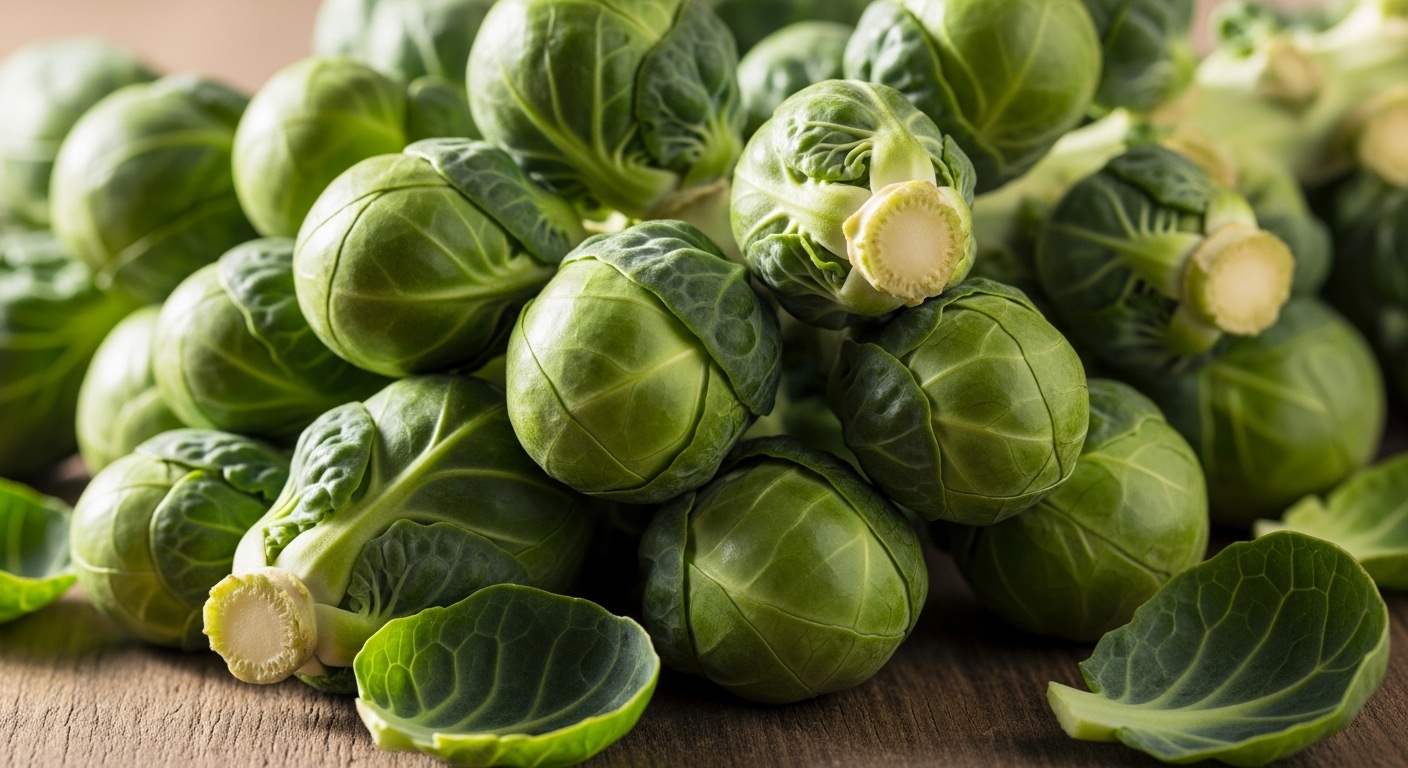
Nutritional Value: High in vitamins C and K, fiber, and antioxidants.
Best Ways to Eat: Roasted or sautéed for best flavor.
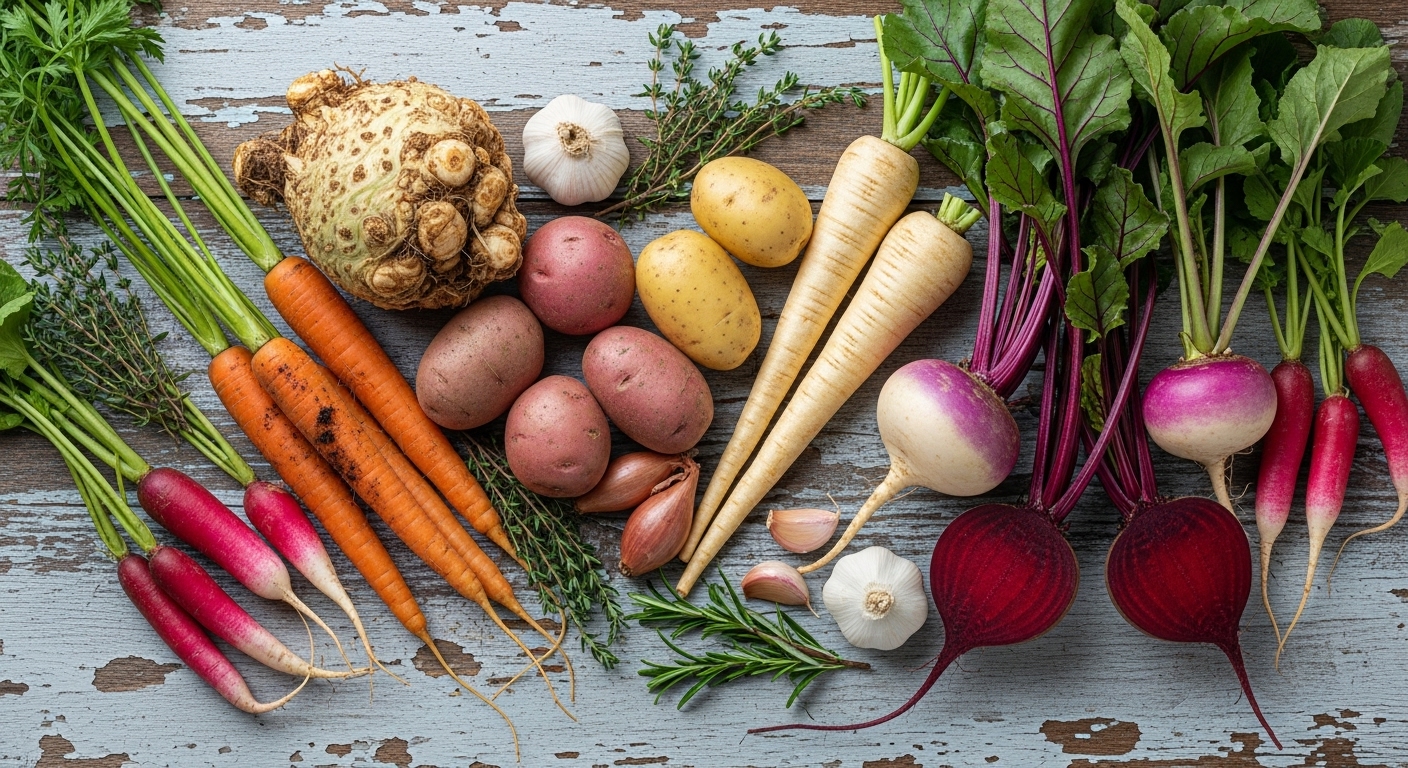
Root vegetables store energy in their roots, making them nutrient-dense and full of natural carbohydrates.
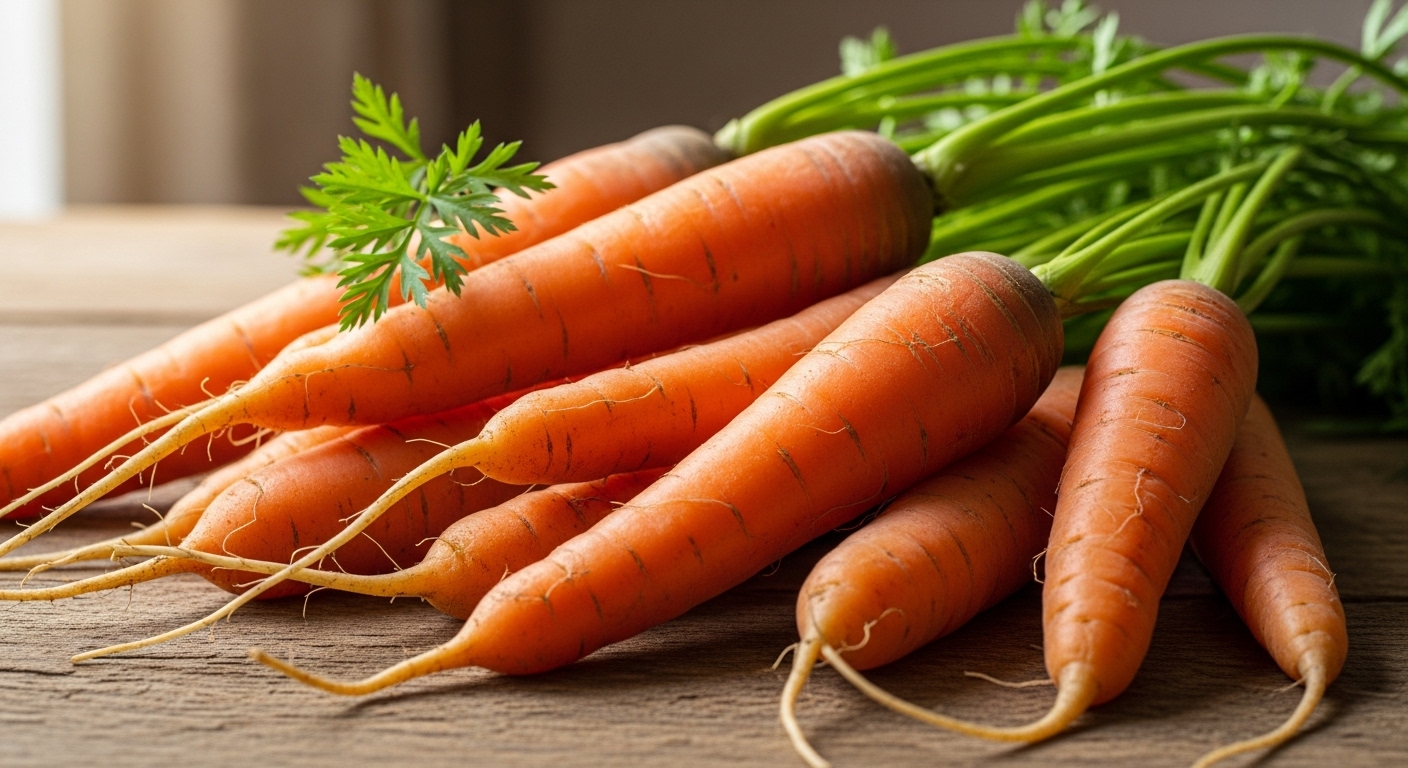
Nutritional Value: High in beta-carotene (vitamin A), fiber, and antioxidants.
Best Ways to Eat: Raw, steamed, or roasted.
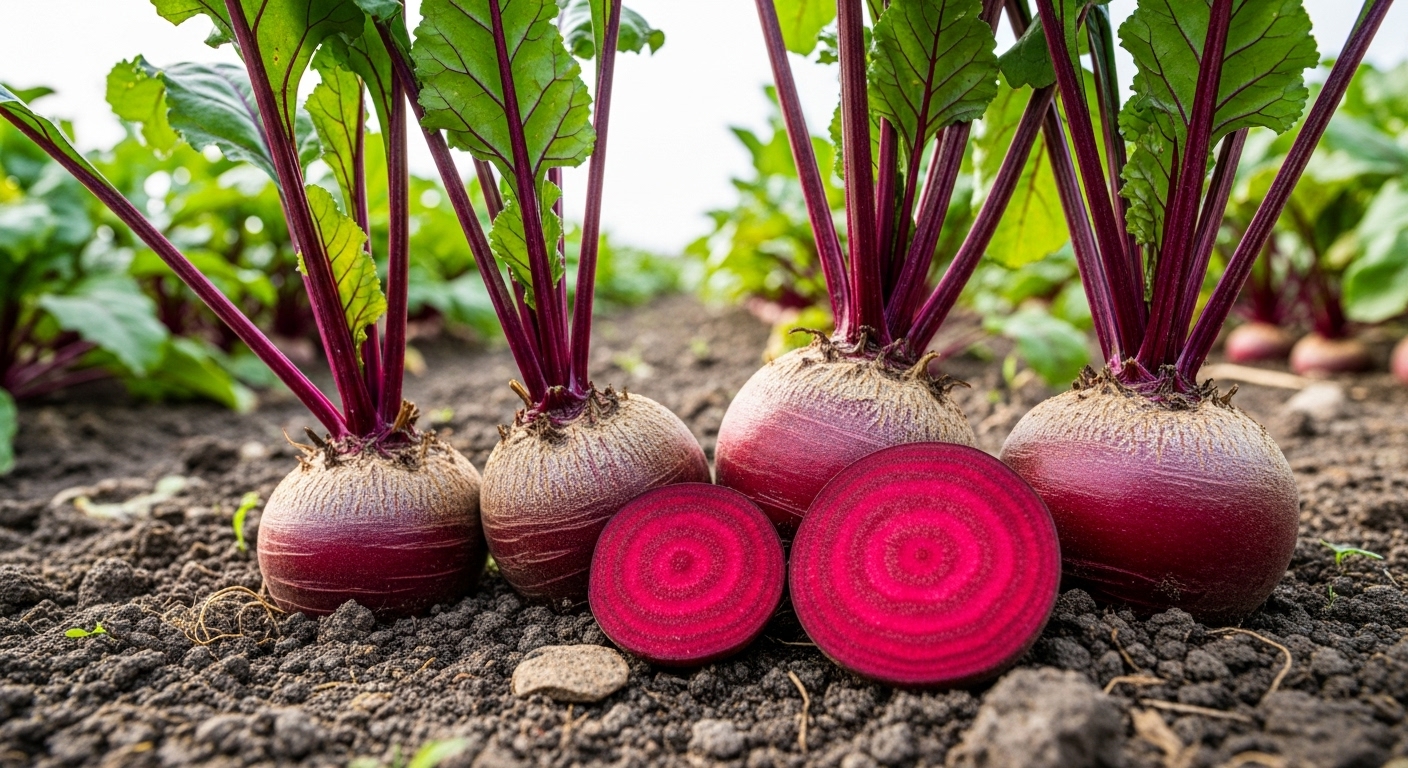
Nutritional Value: Rich in folate, manganese, and nitrates.
Best Ways to Eat: Roasted, boiled, or juiced.
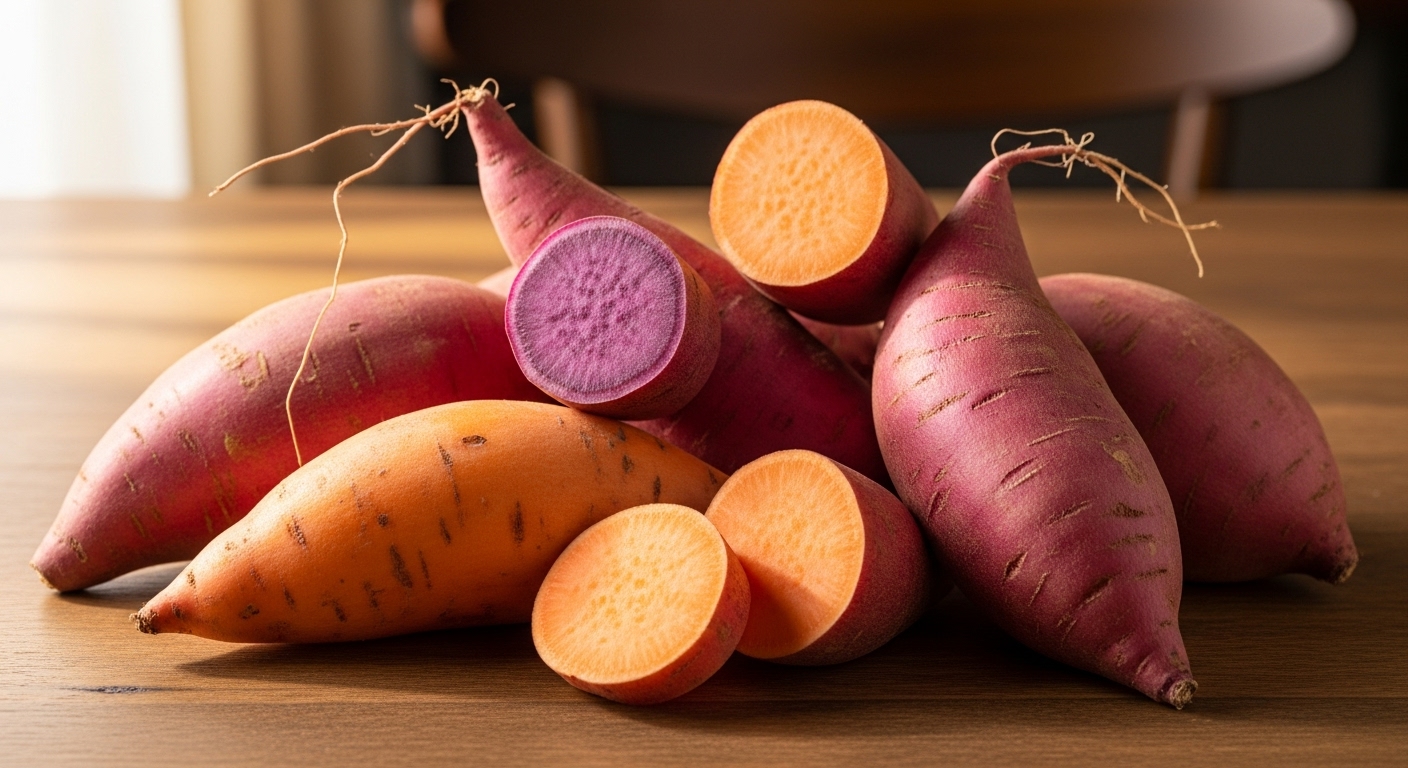
Nutritional Value: High in vitamin A, fiber, and complex carbs.
Best Ways to Eat: Baked, boiled, or mashed.
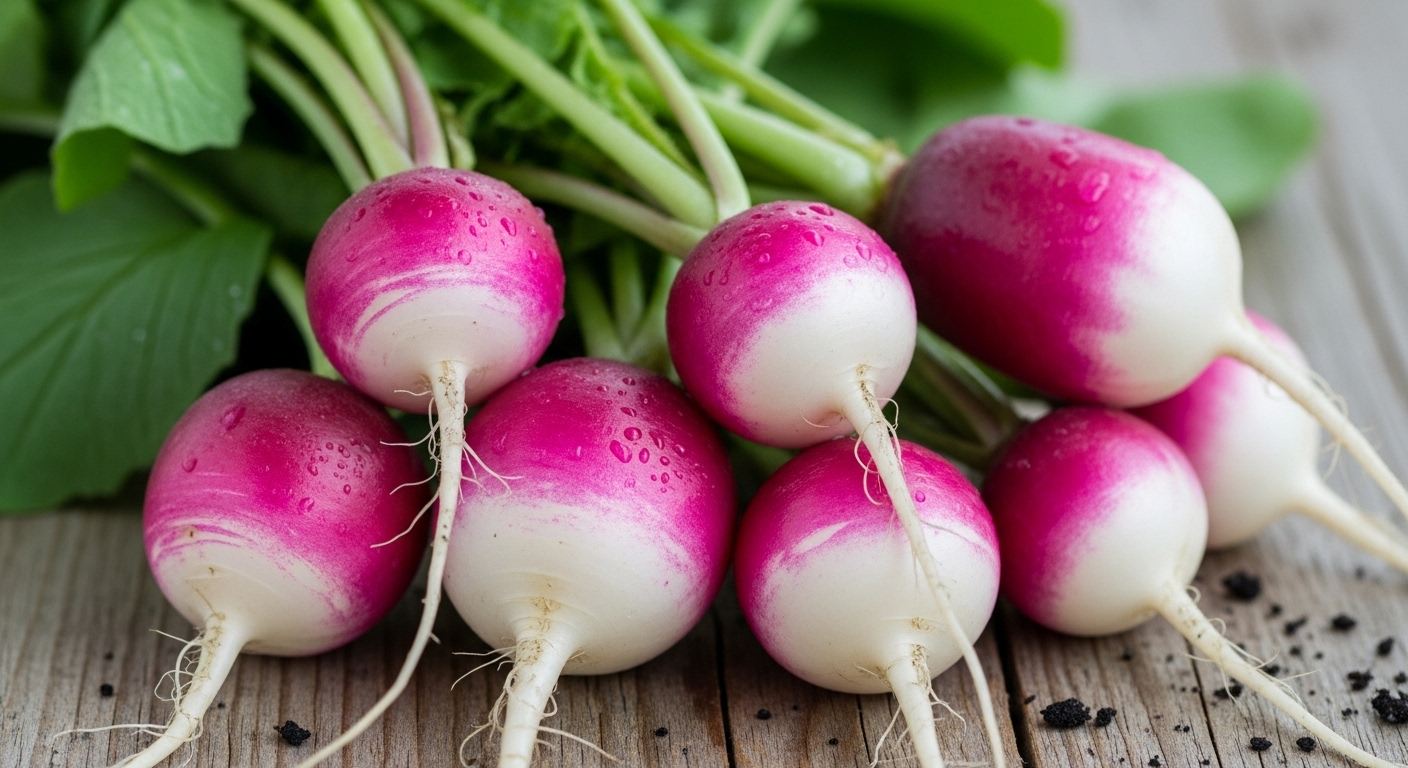
Nutritional Value: Low in calories, high in vitamin C.
Best Ways to Eat: Raw in salads or pickled.
Allium vegetables are known for sulfur compounds that support heart health and have anti-cancer properties.
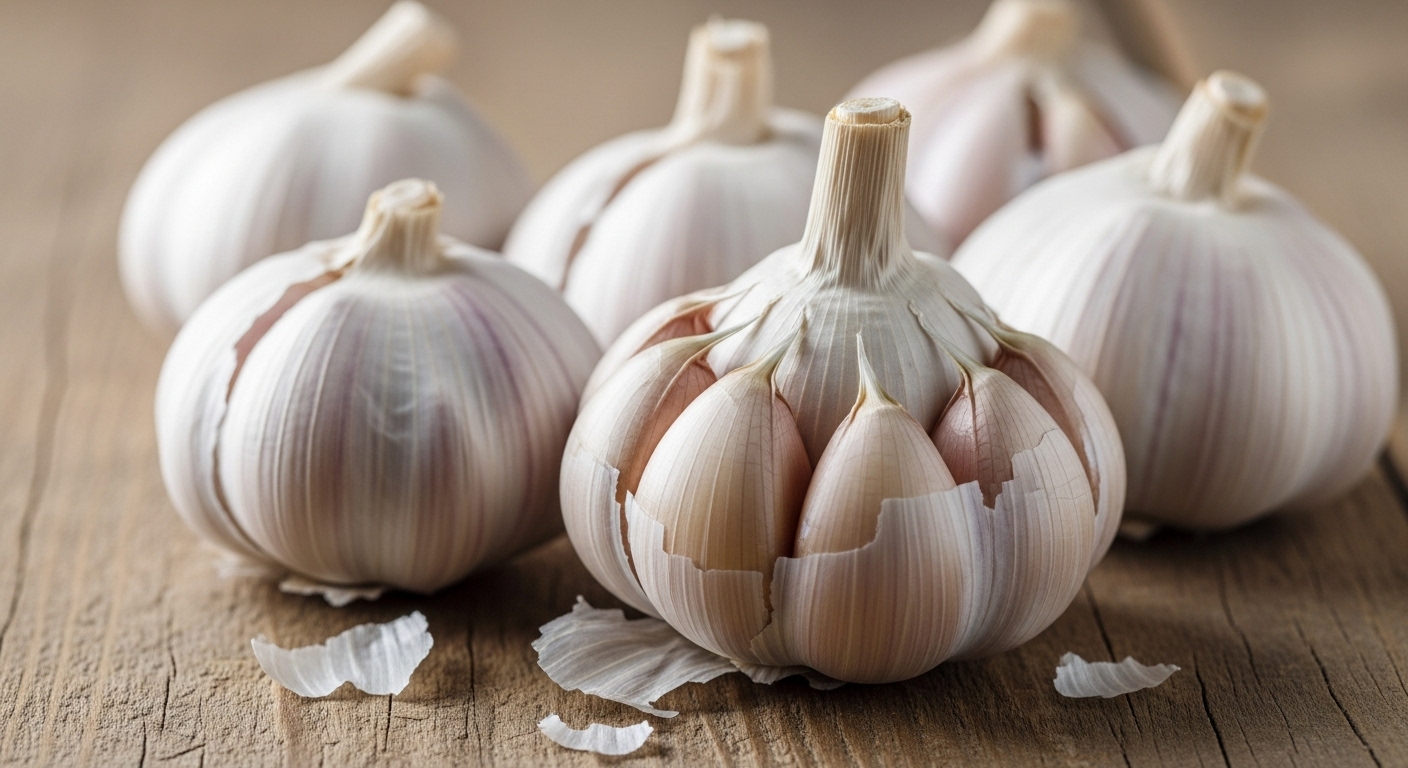
Benefits: Natural antibiotic, boosts immunity, supports heart health.
Best Ways to Eat: Fresh in cooking for maximum benefits.
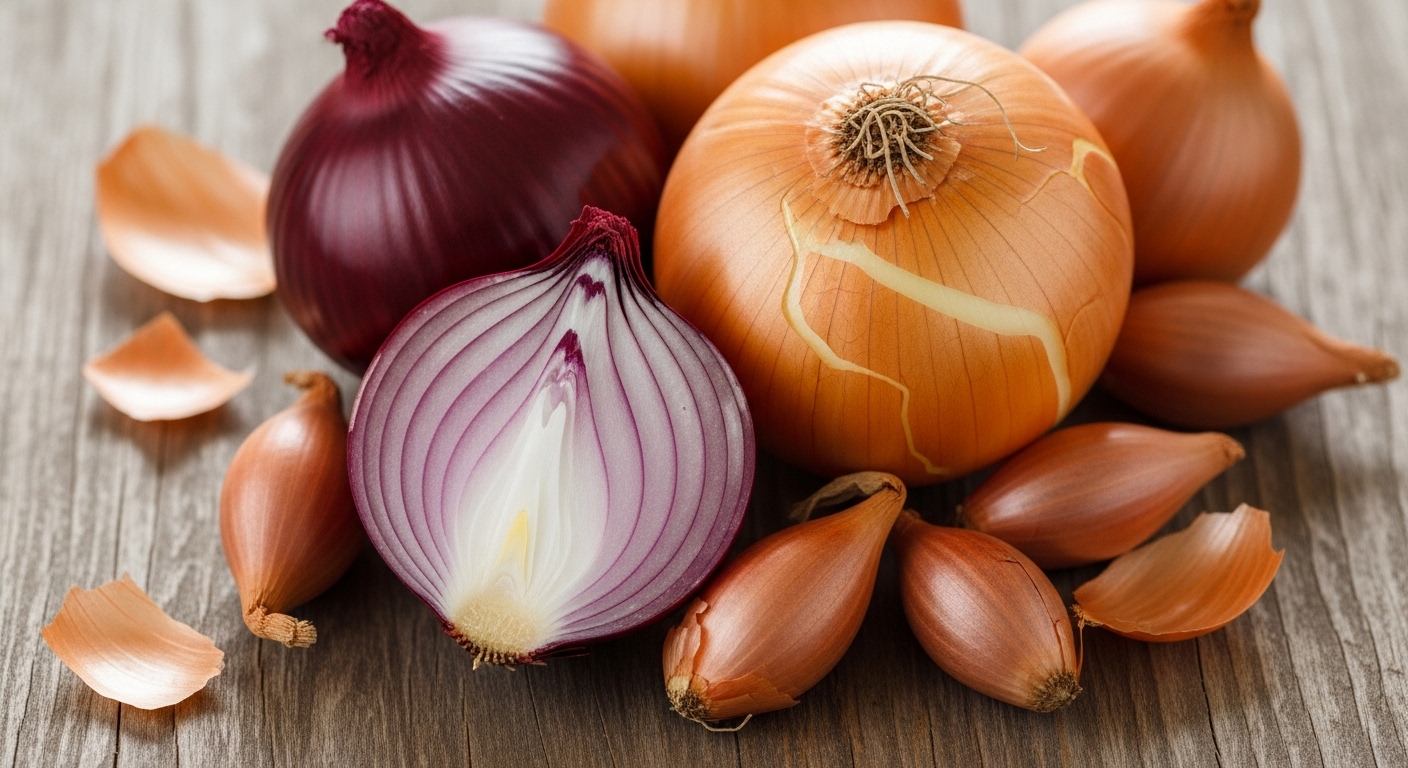
Benefits: Rich in antioxidants, anti-inflammatory, good for heart health.
Best Ways to Eat: Raw in salads, sautéed, or cooked.
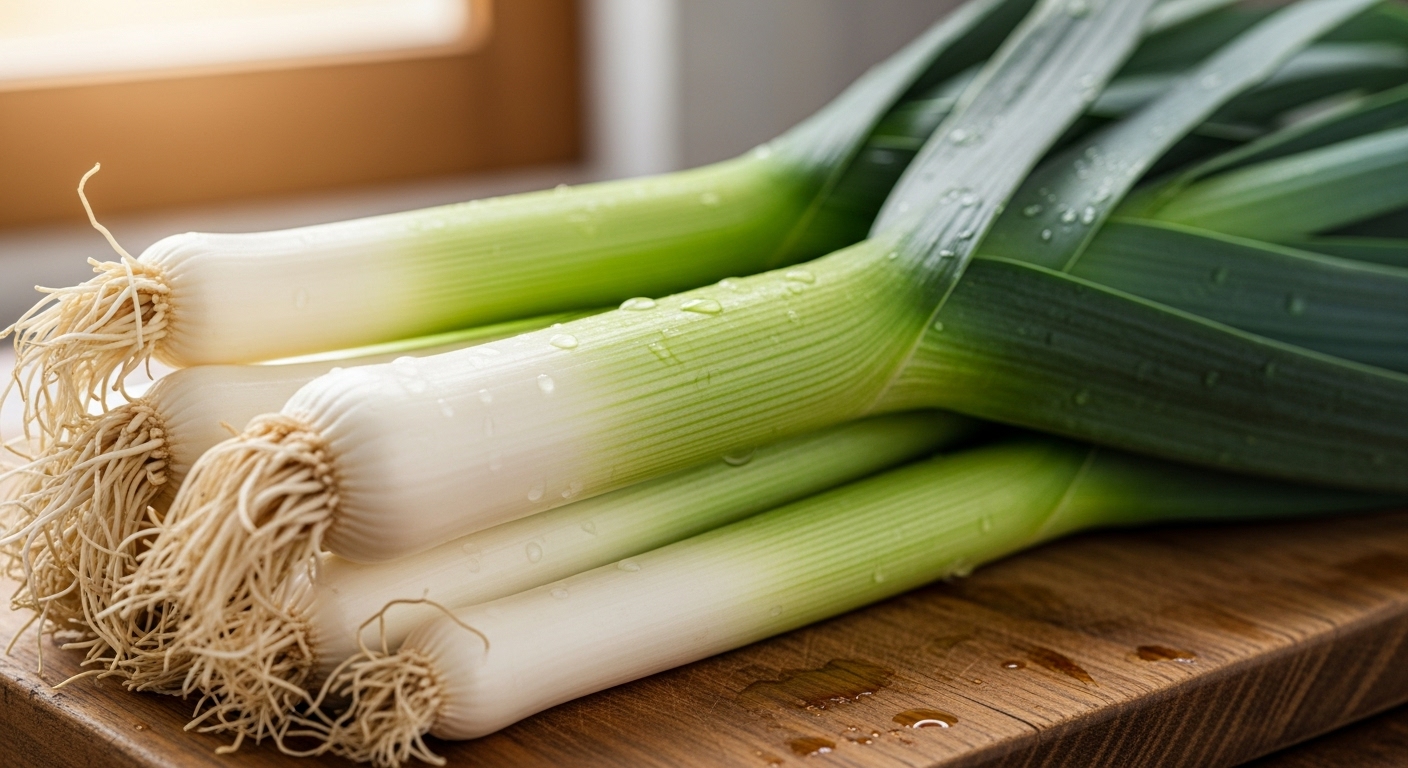
Benefits: Good for digestion and bone health.
Best Ways to Eat: Soups, stews, or sautéed.

Benefits: Contains antioxidants, improves circulation.
Best Ways to Eat: As a flavor enhancer in dishes.
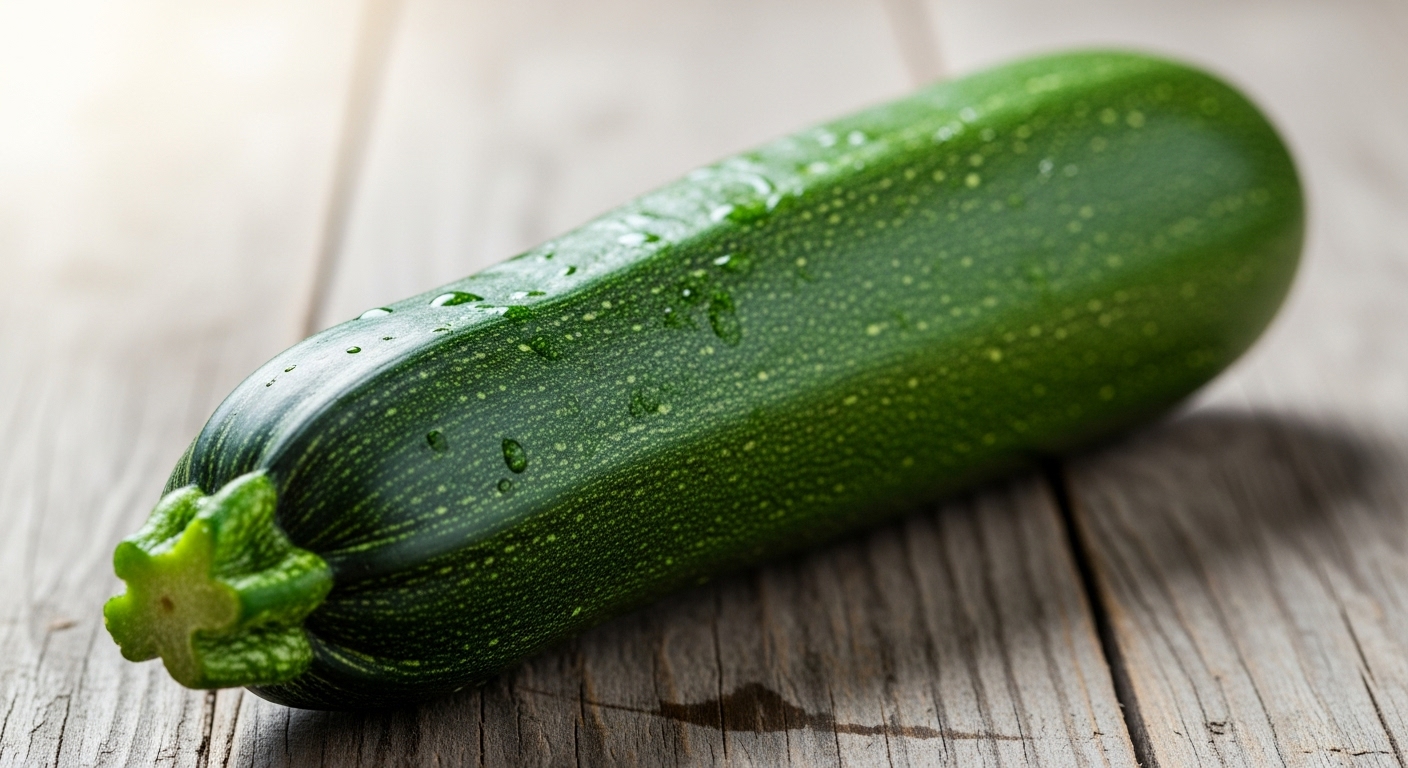
Benefits: Low in calories, rich in vitamin C and potassium.
Best Ways to Eat: Grilled, stir-fried, or in salads.

Benefits: High in vitamin A and fiber, good for eye health.
Best Ways to Eat: Soups, roasted, or as puree.
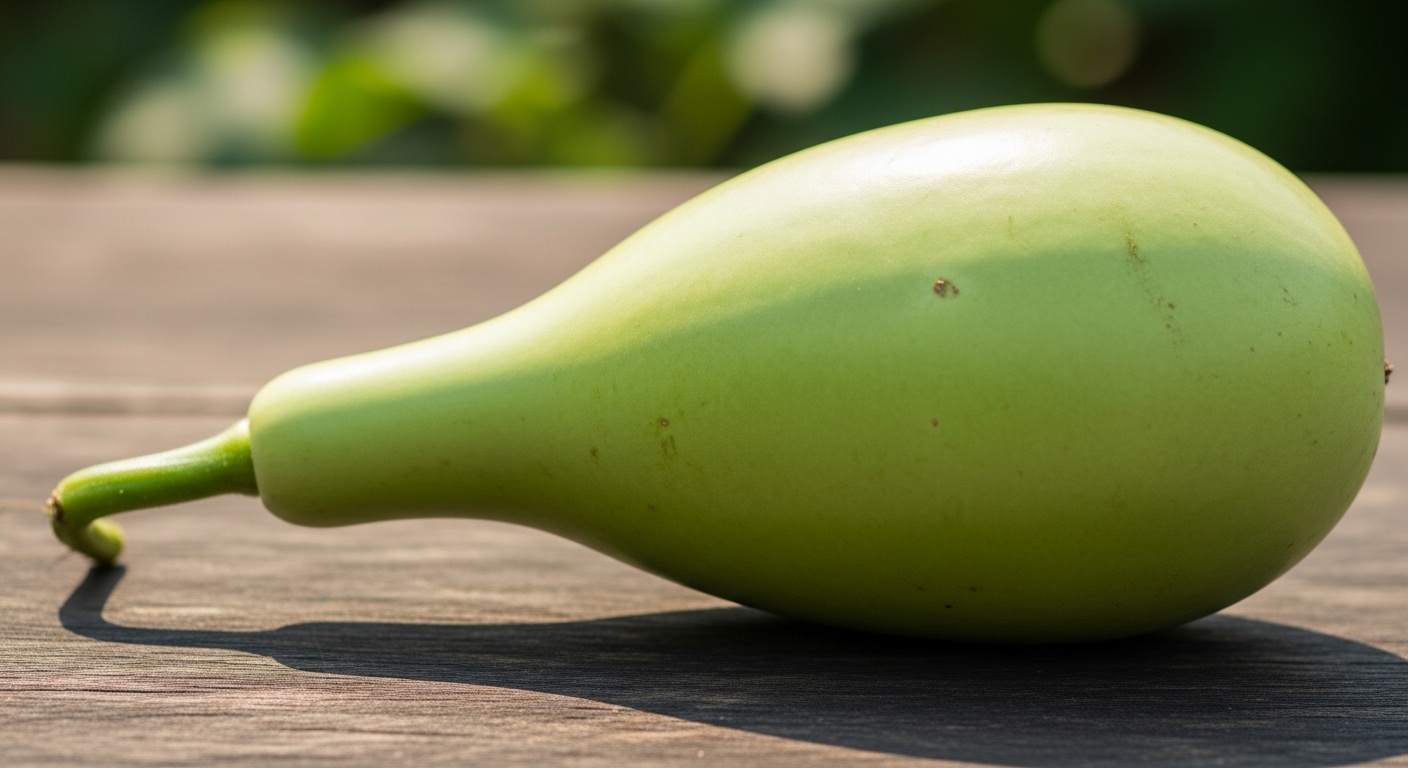
Benefits: Hydrating, aids digestion, good for weight loss.
Best Ways to Eat: Curries, soups, or juice.
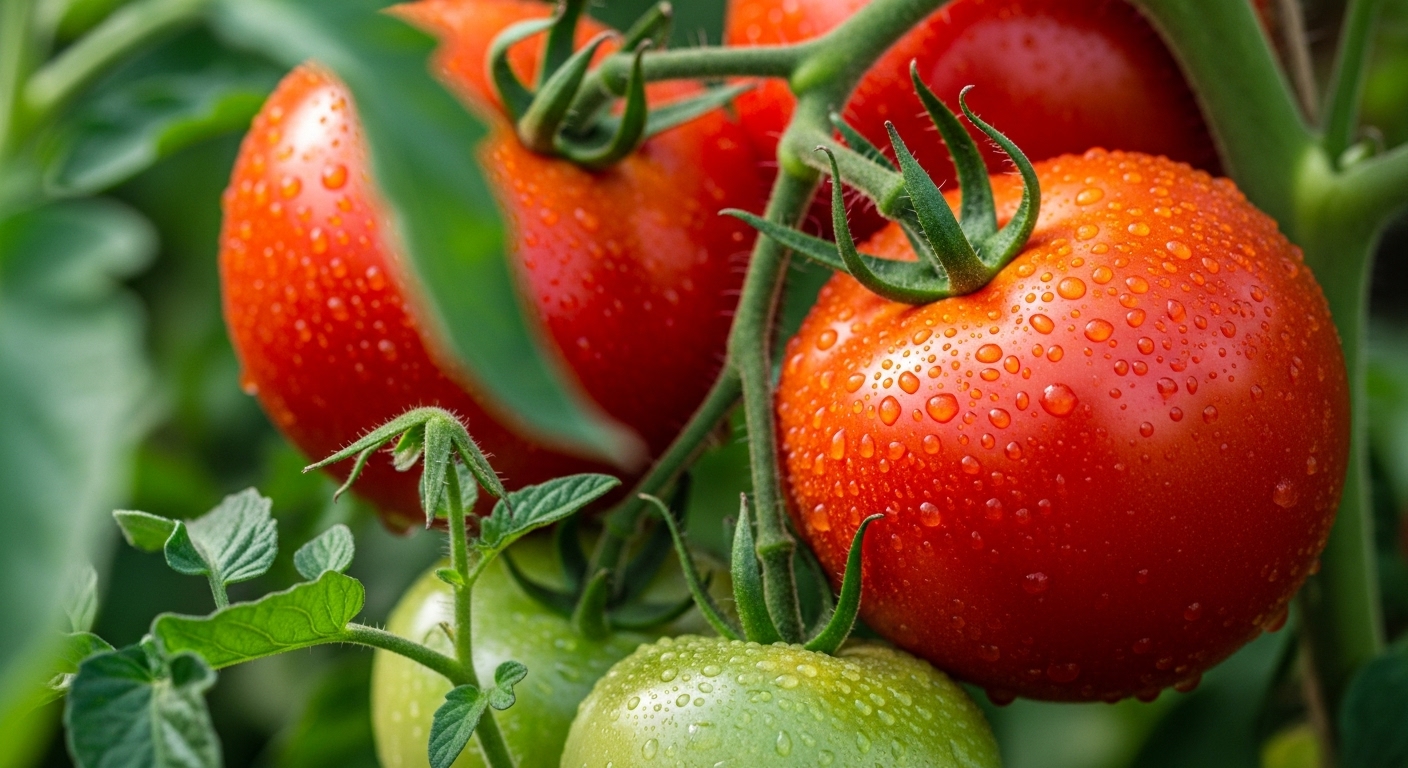
Benefits: Rich in lycopene, good for heart and skin health.
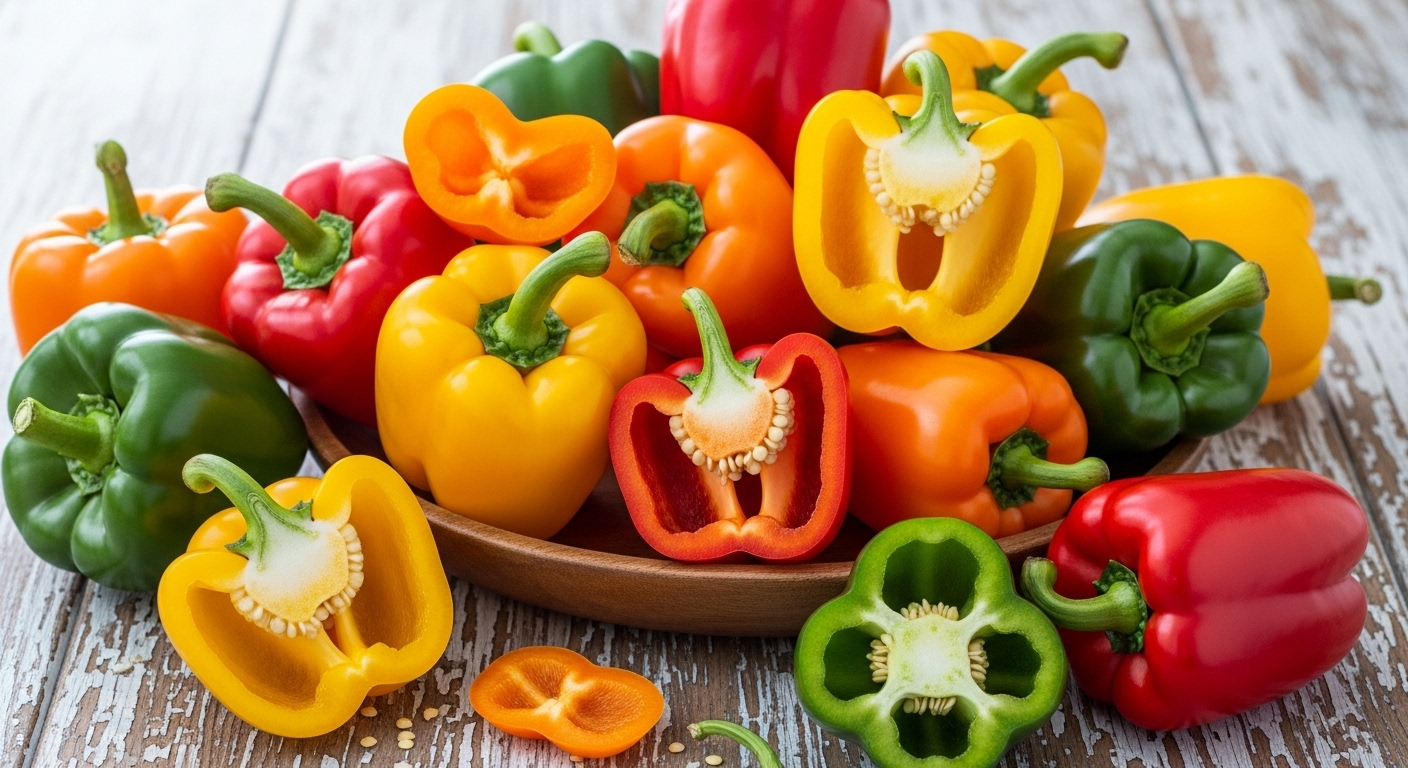
Benefits: High in vitamin C, antioxidants, supports immunity.
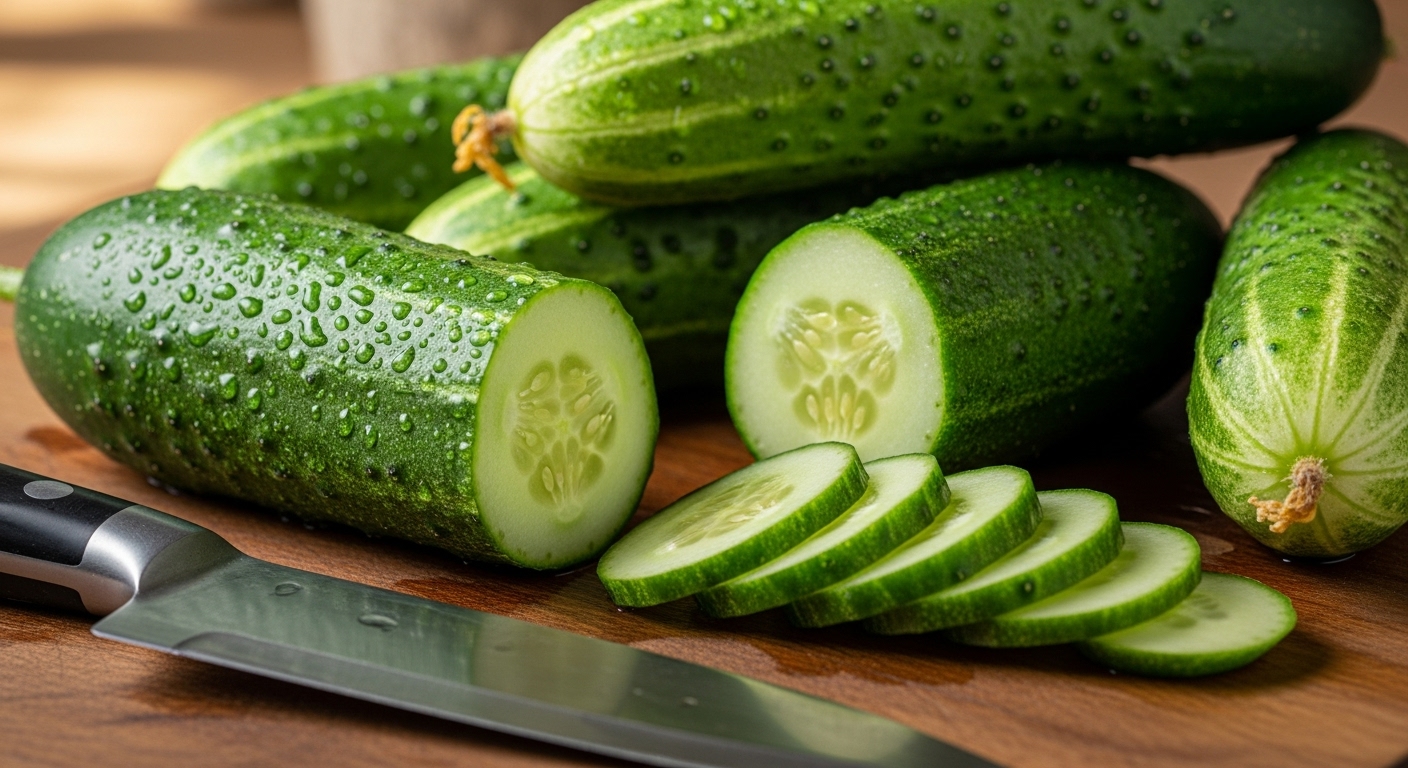
Benefits: Hydrating, helps in detoxification and digestion.
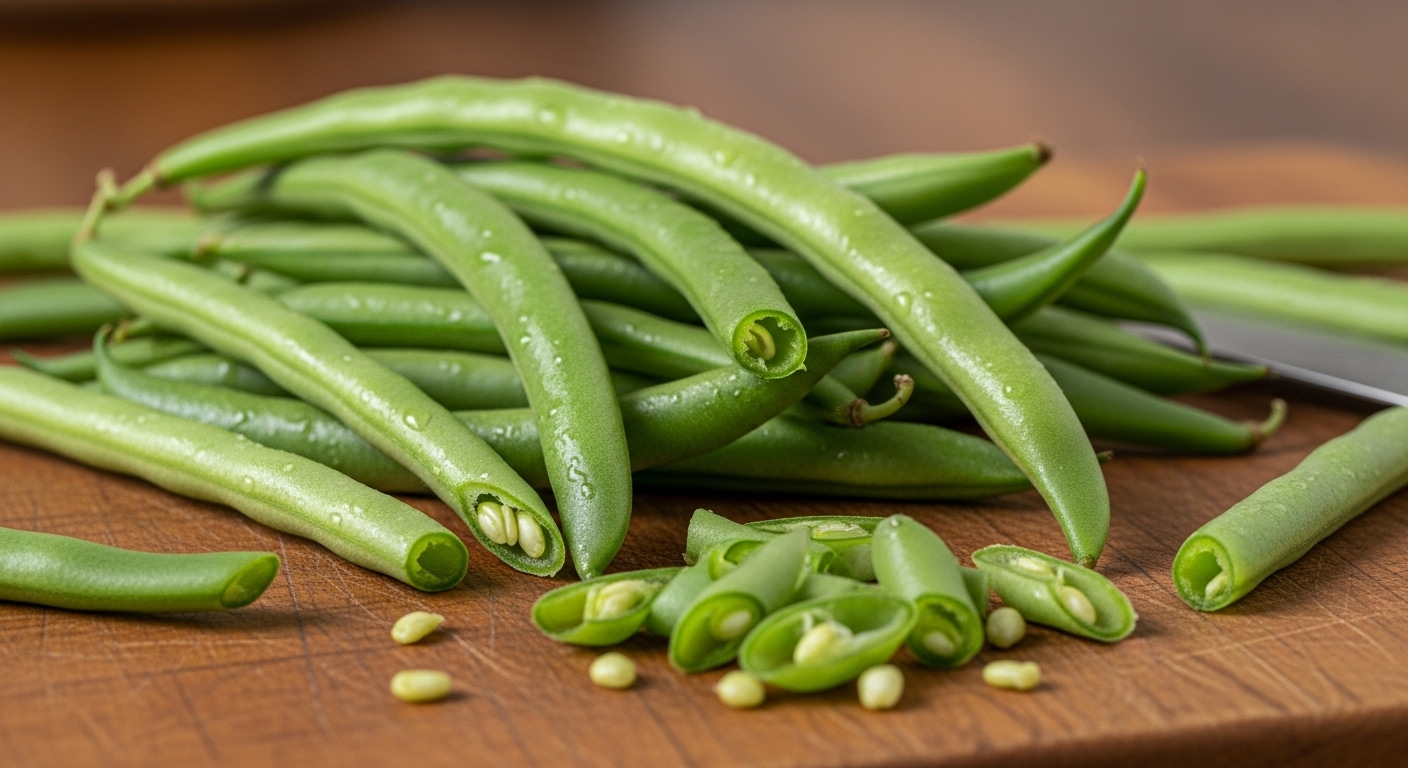
Benefits: Good source of fiber and vitamin K.
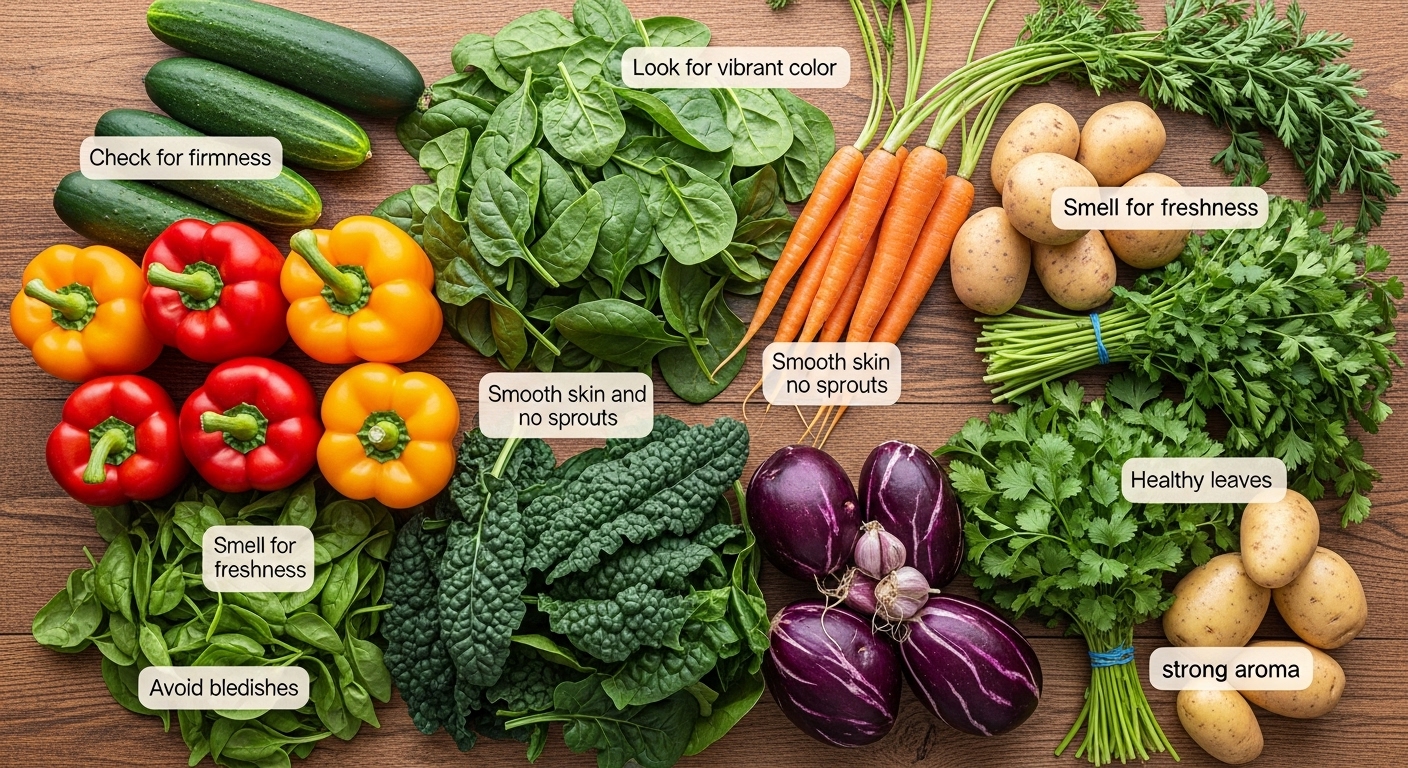
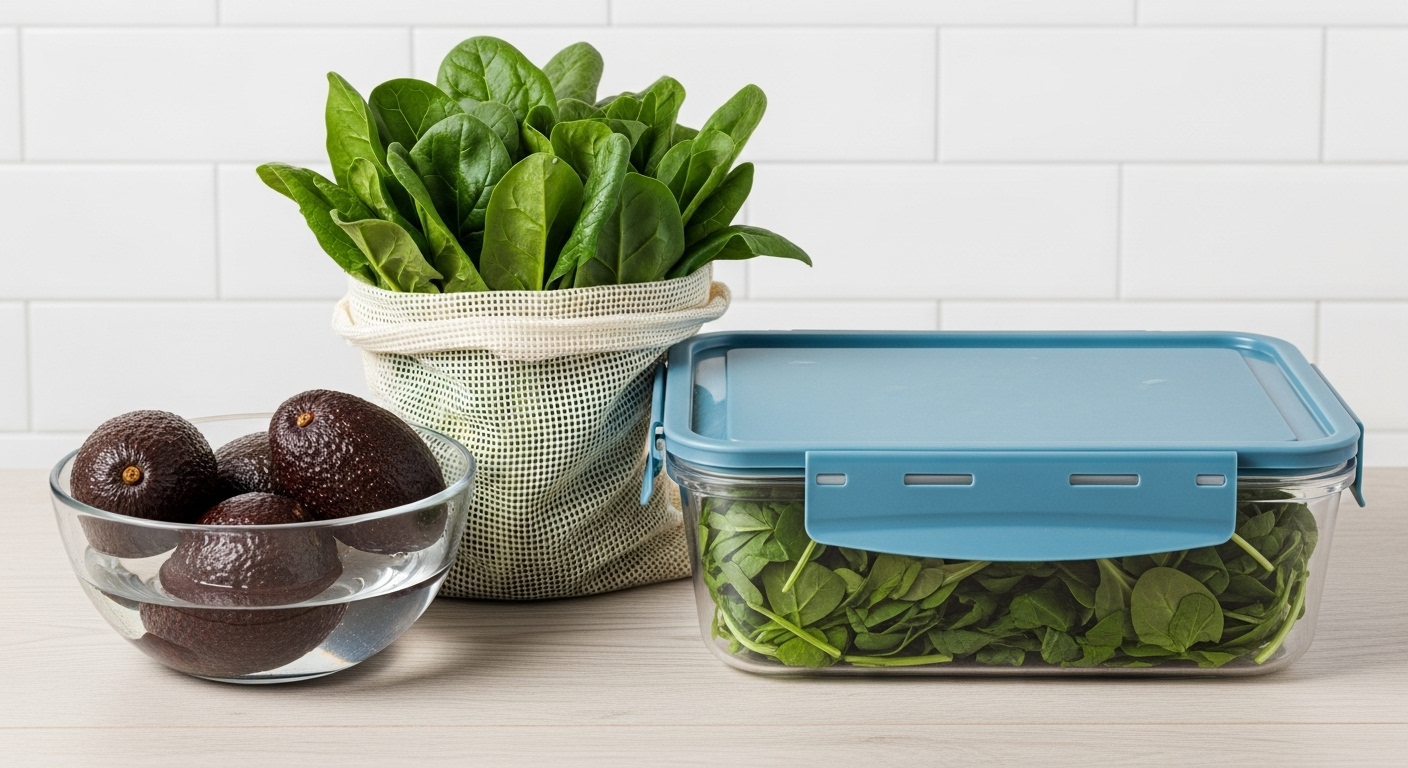
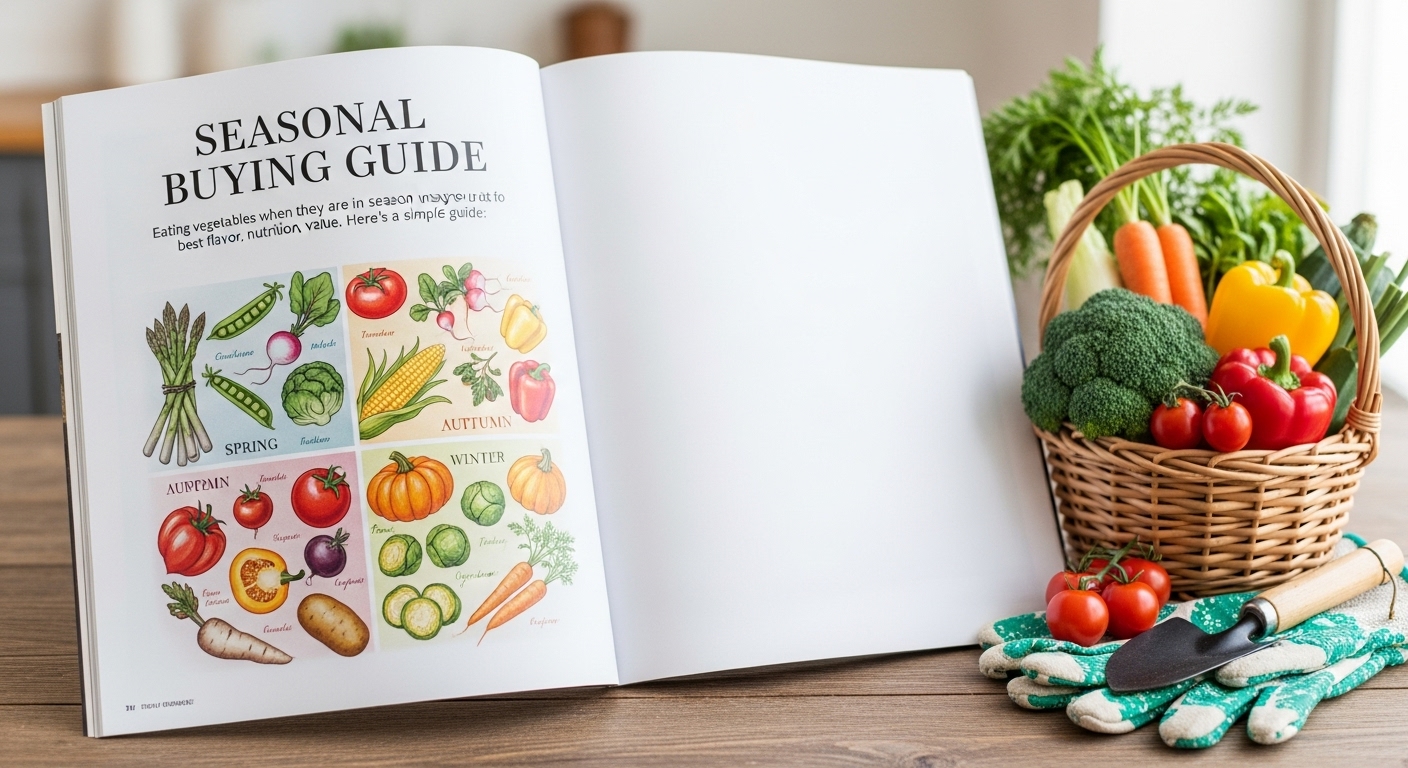
Eating vegetables when they are in season ensures you get the best flavor, nutrition, and value. Here’s a simple guide:
Seasonal buying also supports local farmers and reduces environmental impact by lowering transportation needs.
Cooking vegetables the right way helps preserve their nutritional value while enhancing flavor and texture. Below are the key aspects:
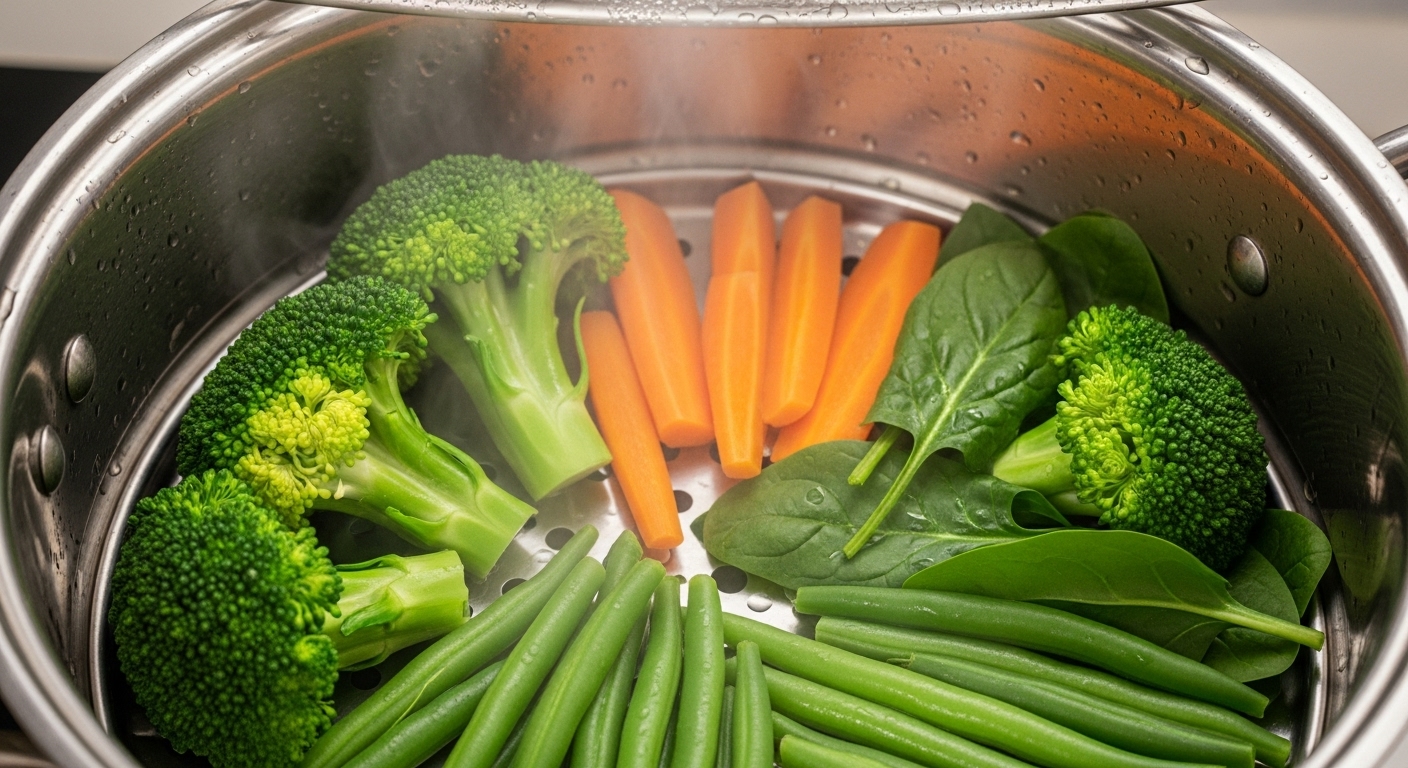
Why it’s best: Steaming preserves most vitamins (especially vitamin C and folate) because the vegetables aren’t submerged in water.
Best for: Broccoli, spinach, carrots, green beans.
Tip: Steam until tender-crisp to maintain color and nutrients.
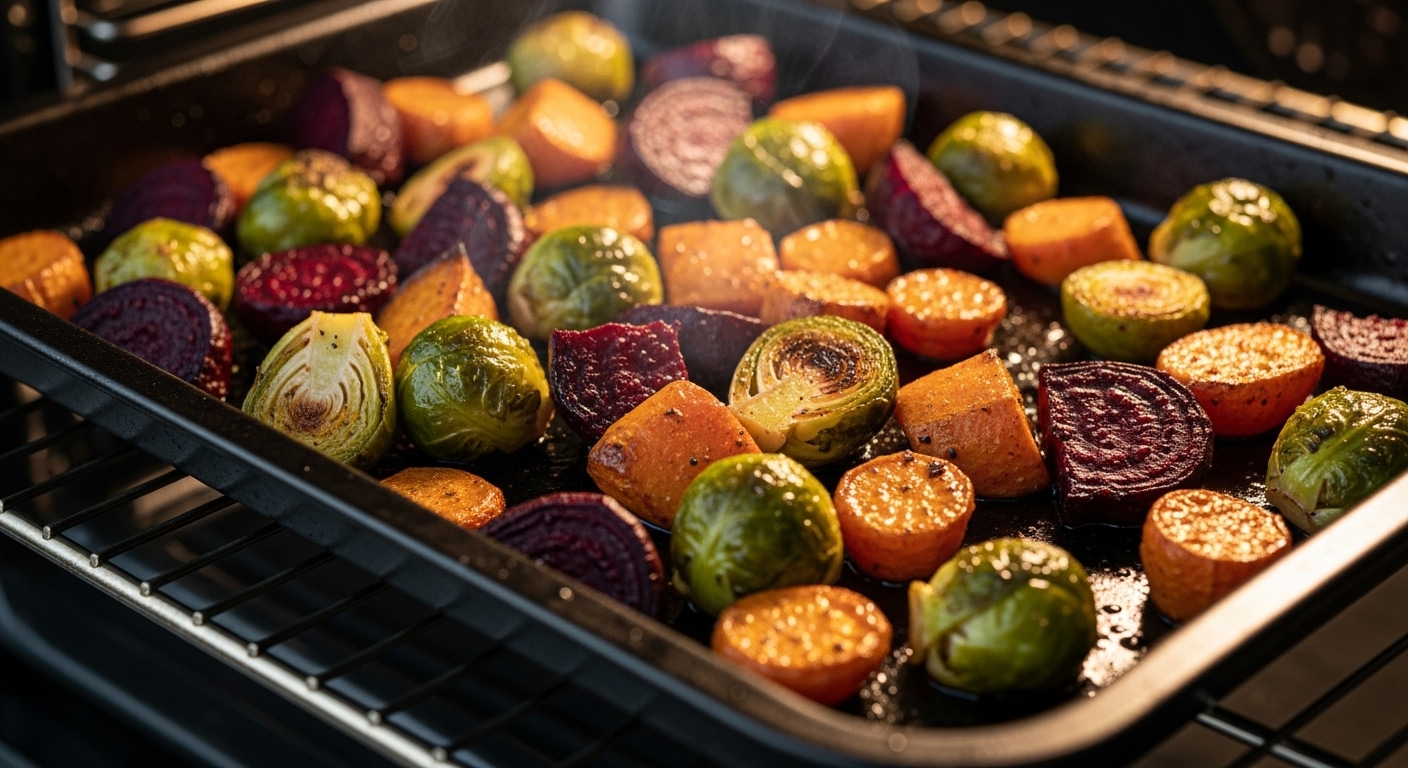
Why it’s good: Dry heat caramelizes natural sugars, making vegetables flavorful without losing many nutrients.
Best for: Root vegetables (carrots, sweet potatoes, beets), Brussels sprouts.
Tip: Use a light coating of olive oil and roast at 200°C (400°F).
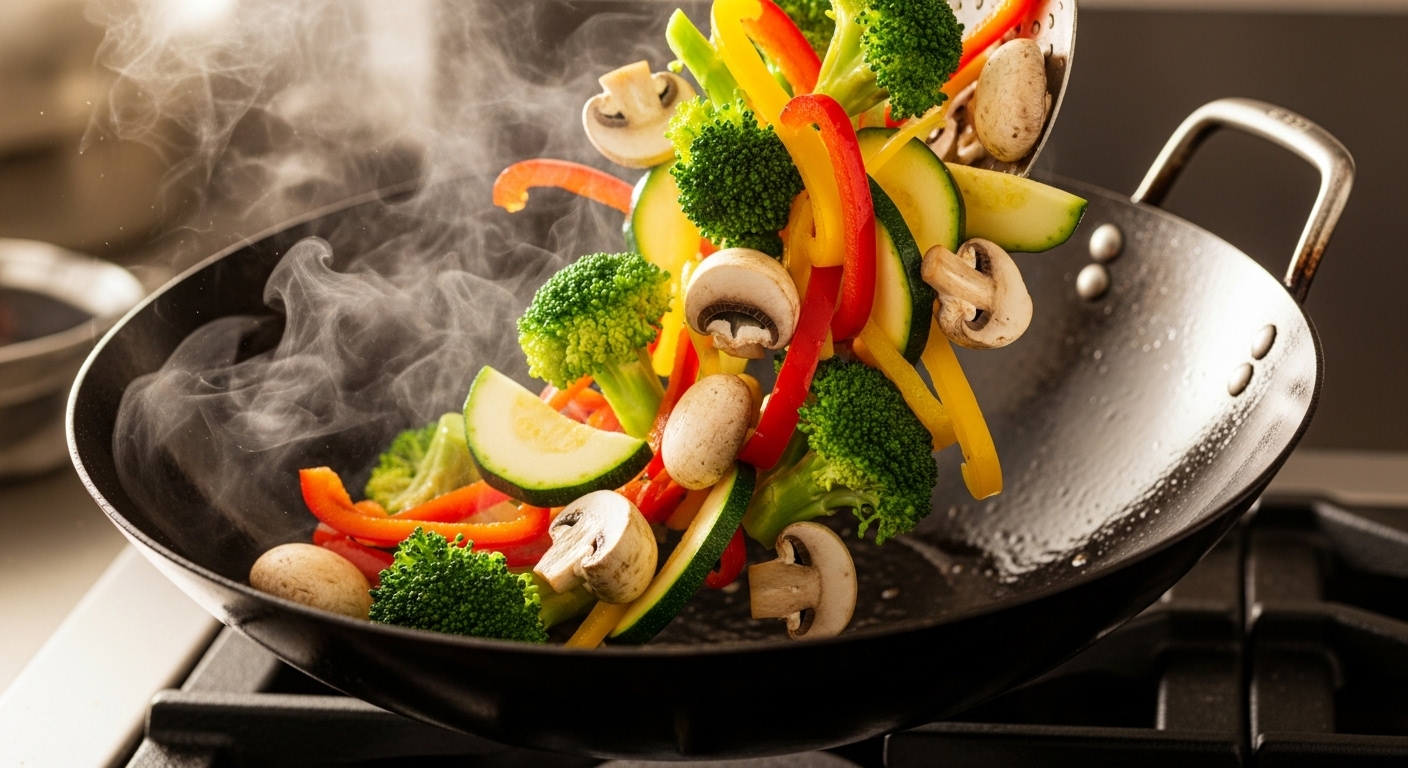
Why it works: Quick cooking at high heat locks in color, texture, and most nutrients.
Best for: Bell peppers, broccoli, zucchini, mushrooms.
Tip: Use minimal oil and keep the heat high for crisp, colorful veggies.
❌ Avoid overboiling as it can cause water-soluble vitamins to leach into the cooking water.
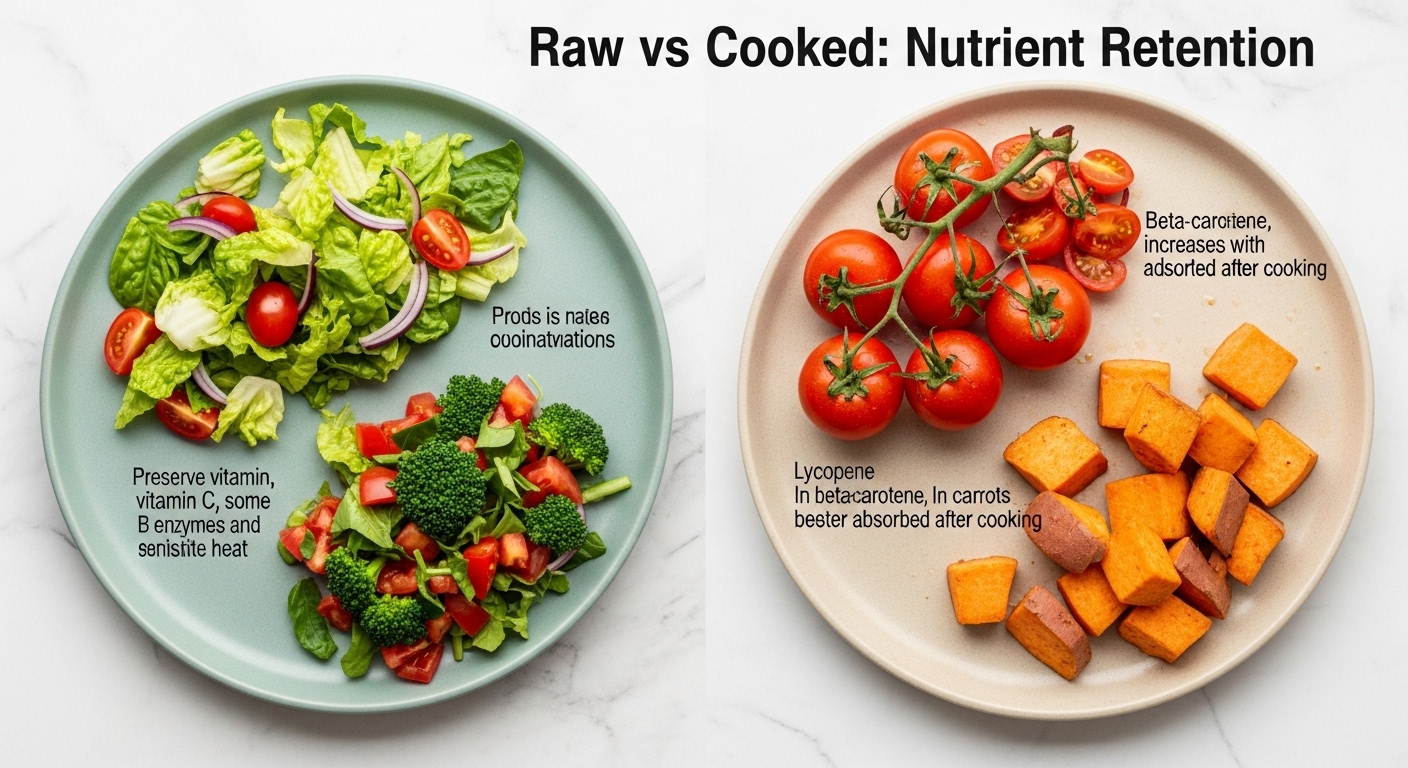
Raw vegetables preserve vitamin C, some B vitamins, and enzymes that may be sensitive to heat.
Cooked vegetables sometimes have more bioavailable antioxidants like:
Ideal approach: Eat a mix of raw salads and lightly cooked vegetables for maximum nutrition.
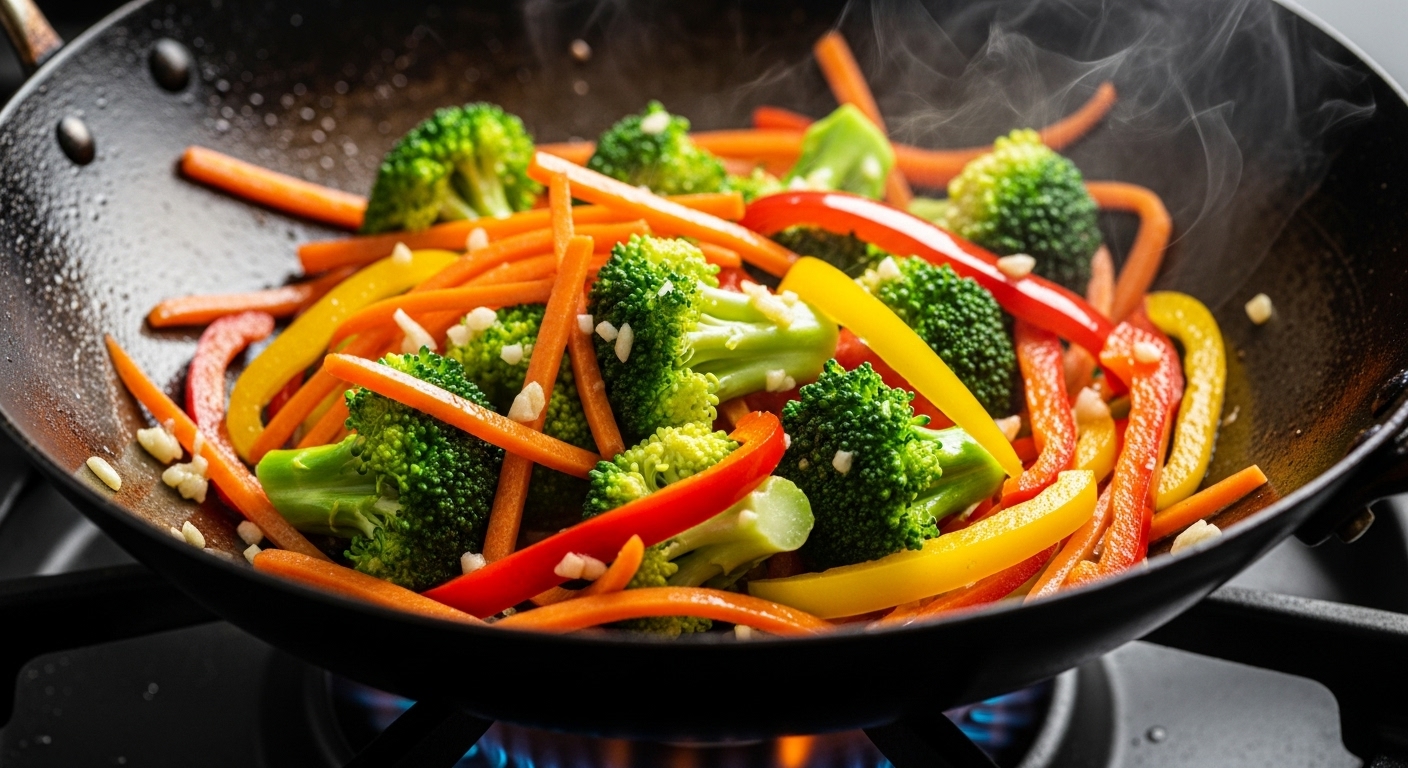
Ingredients: Broccoli, bell peppers, carrots, garlic, olive oil.
Method: Heat oil, add garlic, then vegetables. Stir-fry for 3–5 mins.
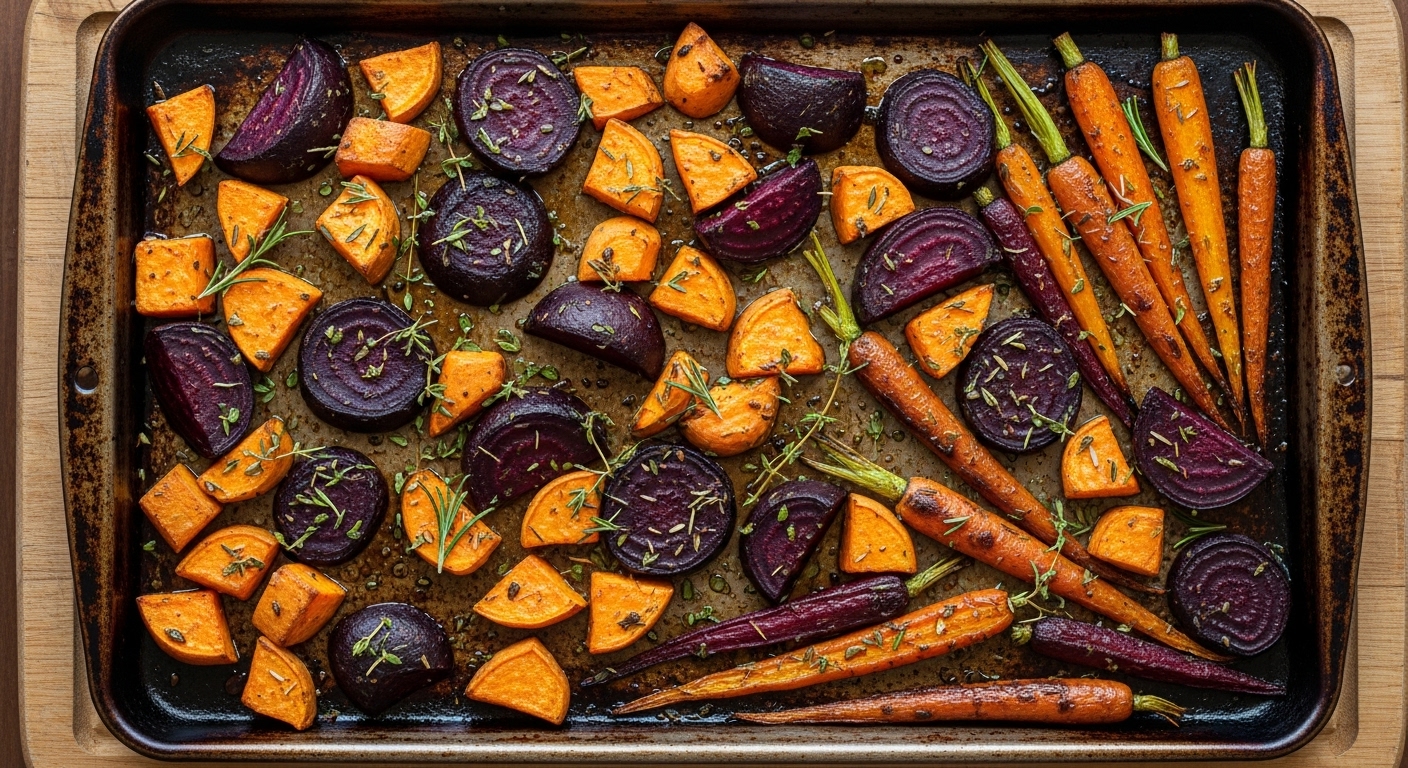
Ingredients: Sweet potatoes, beets, carrots, olive oil, herbs.
Method: Toss veggies with oil & herbs, roast at 200°C (400°F) for 25–30 mins.
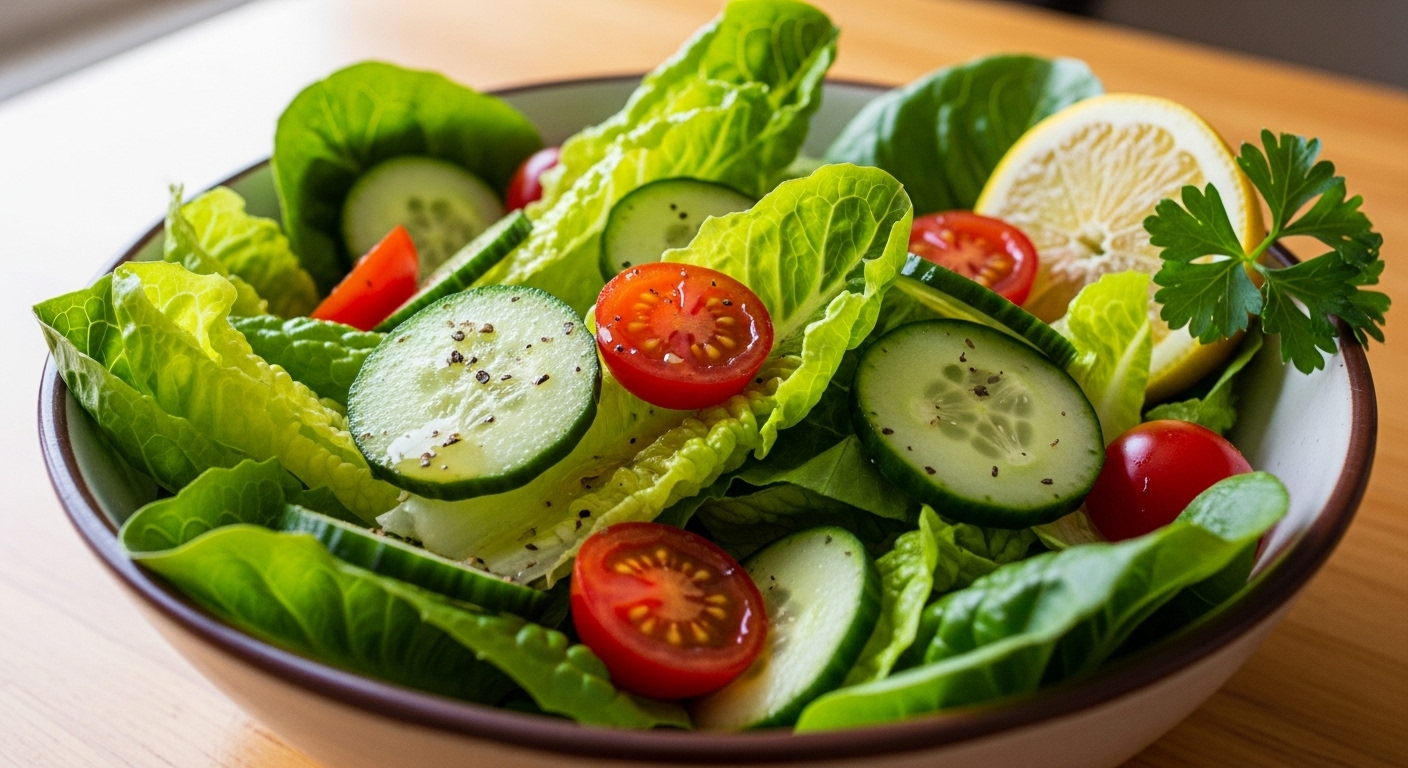
Ingredients: Lettuce, cucumber, tomato, lemon dressing.
Method: Chop vegetables, toss with lemon juice & olive oil.
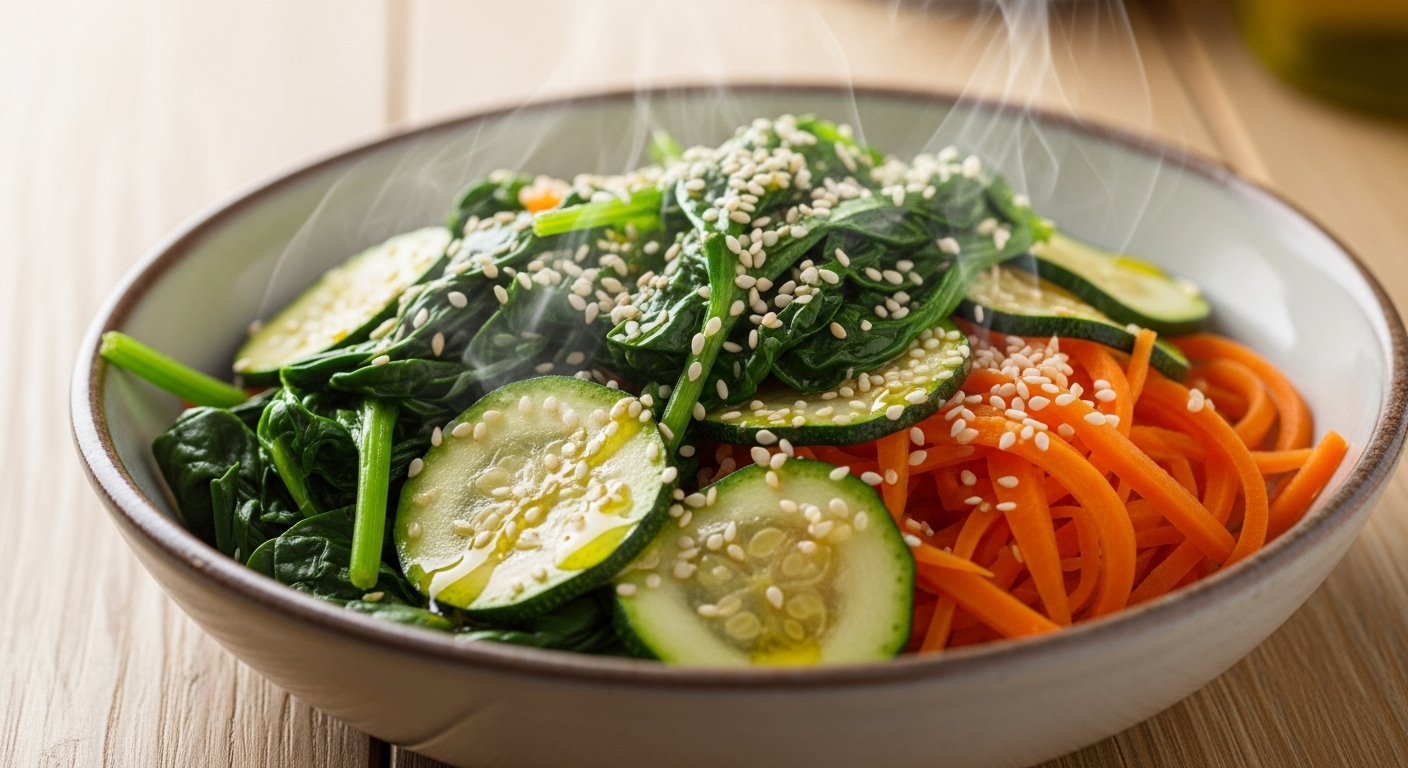
Ingredients: Spinach, zucchini, carrots, sprinkle of sesame seeds.
Method: Steam veggies lightly, drizzle with olive oil before serving.
Vegetables can target specific health needs based on their nutrient profile. Here’s how to choose the right ones for your goals:
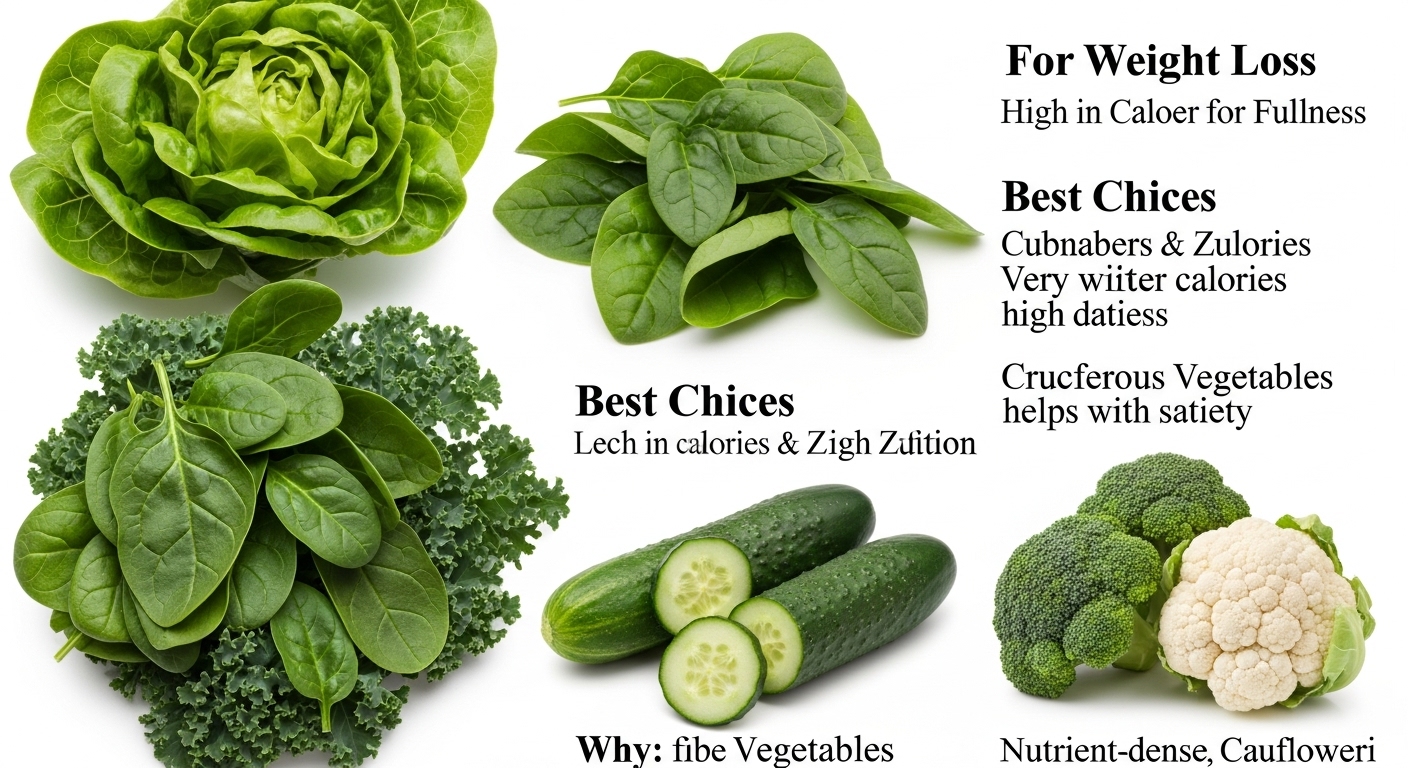
Best Choices:
Why: These vegetables are rich in fiber and water, which help control hunger without adding excess calories.
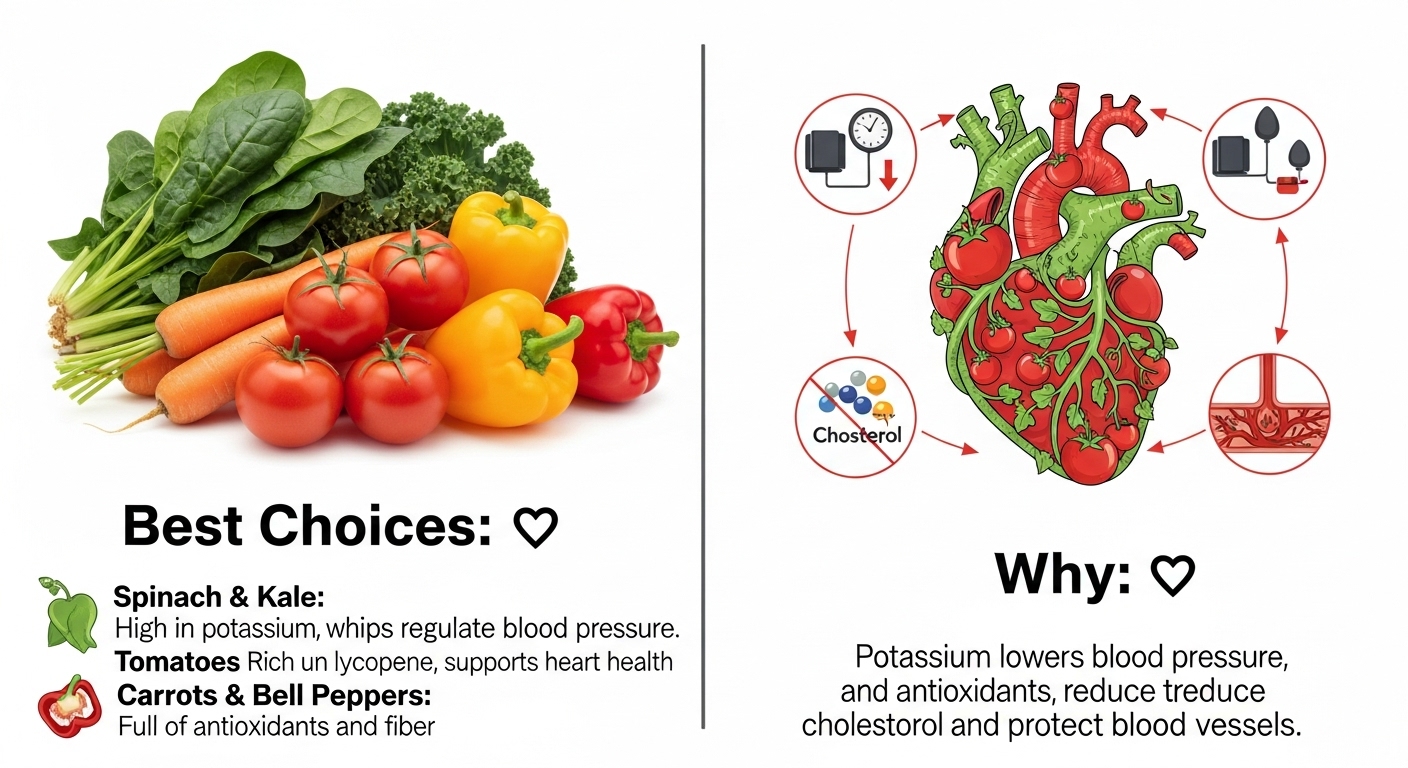
Best Choices:
Why: Potassium lowers blood pressure, and antioxidants reduce cholesterol and protect blood vessels.
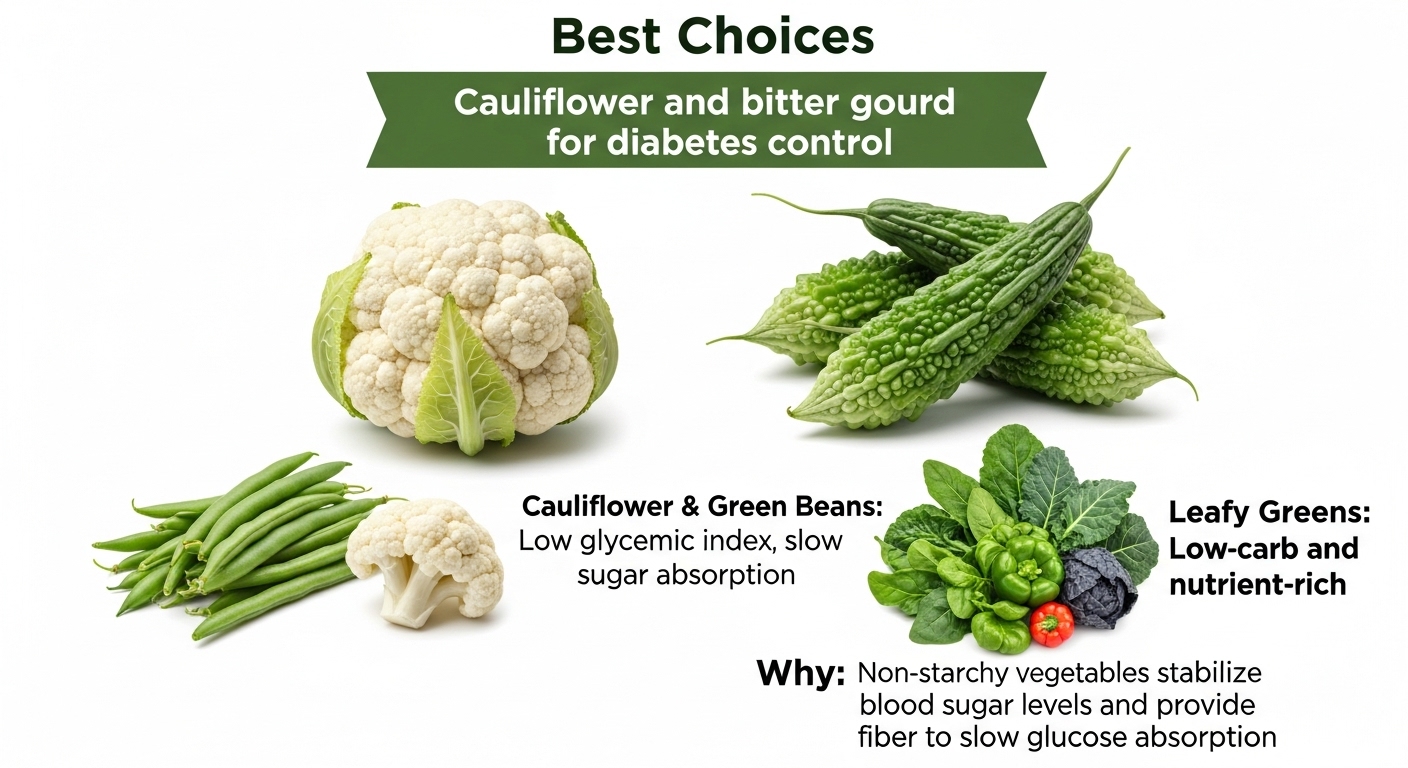
Best Choices:
Why: Non-starchy vegetables stabilize blood sugar levels and provide fiber to slow glucose absorption.
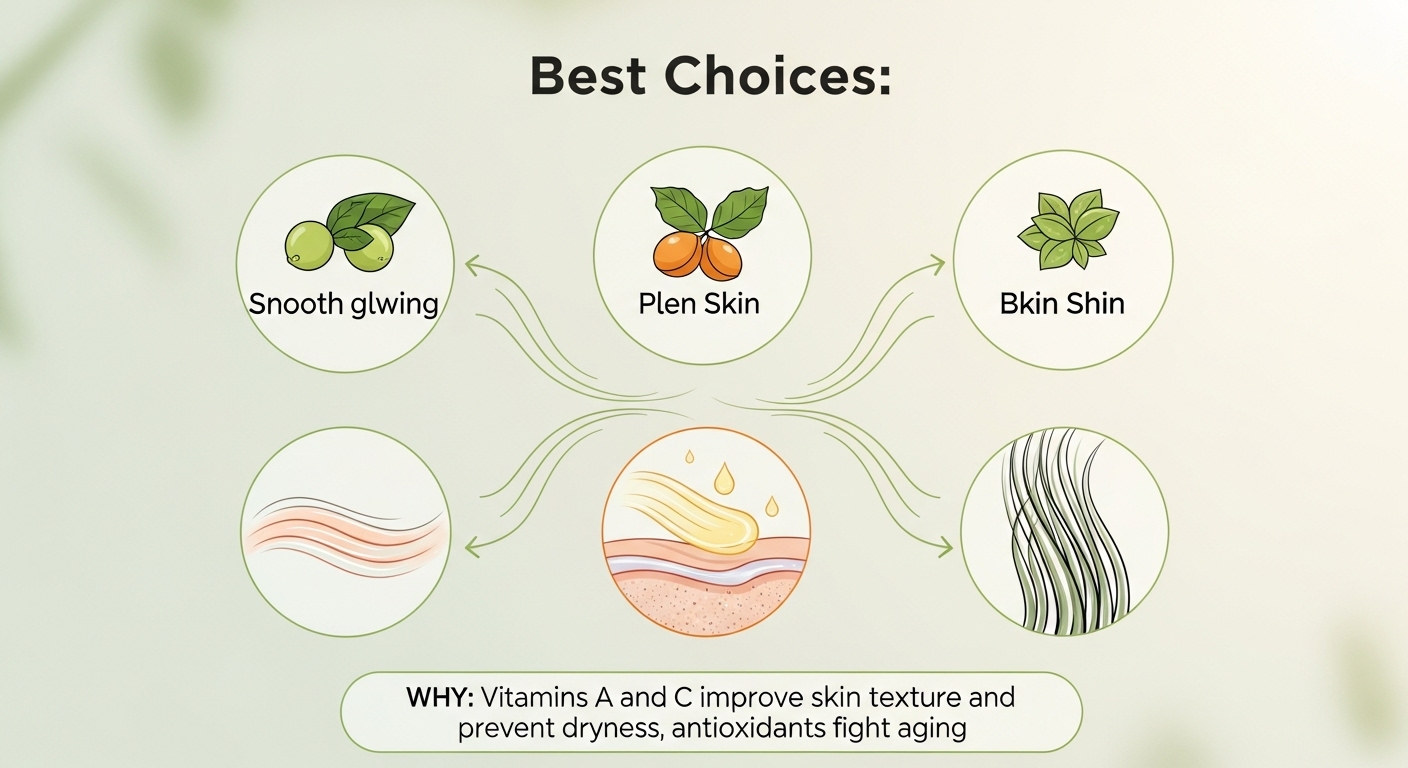
Best Choices:
Why: Vitamins A and C improve skin texture and prevent dryness; antioxidants fight aging.
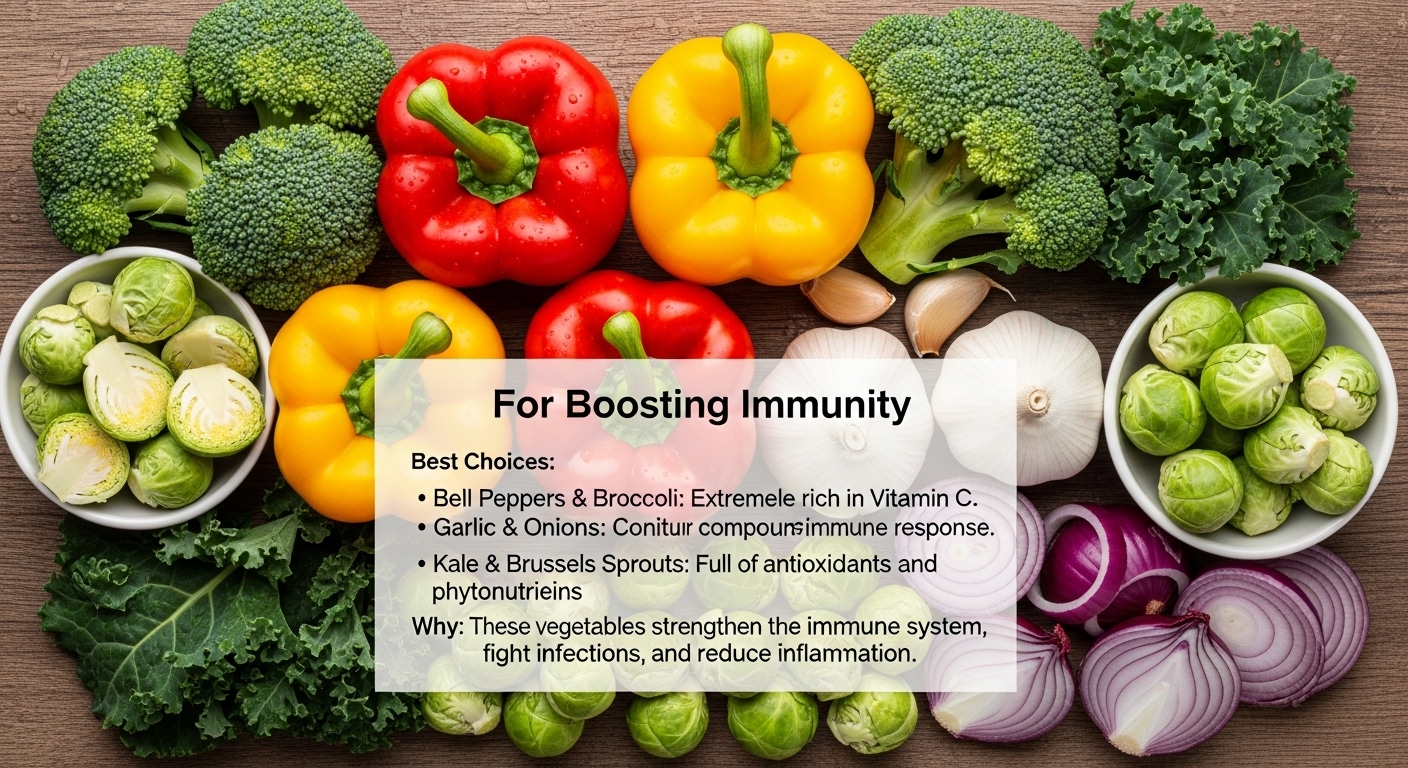
Best Choices:
Why: These vegetables strengthen the immune system, fight infections, and reduce inflammation.
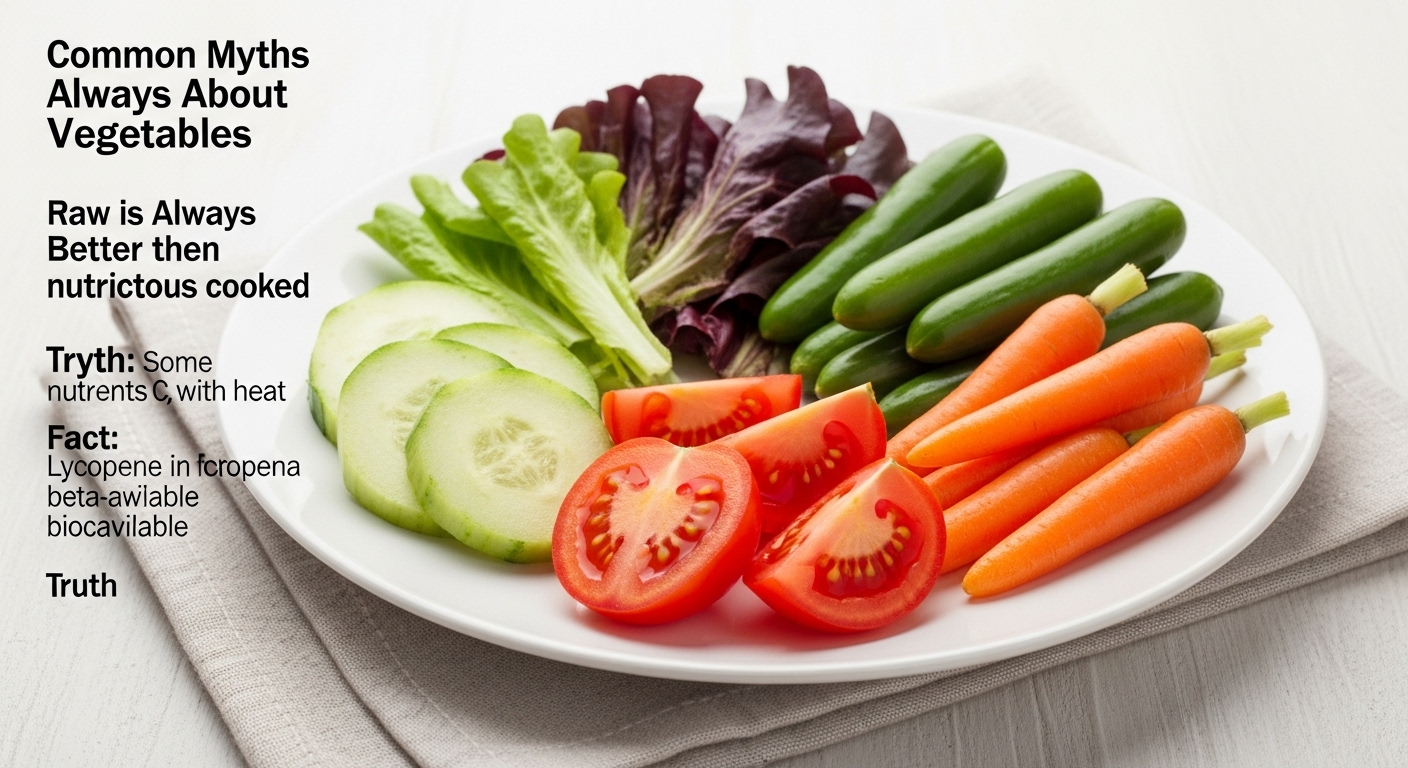
Myth: Raw vegetables are always more nutritious.
Fact: Some nutrients, like vitamin C, degrade with heat, but others, like lycopene (in tomatoes) and beta-carotene (in carrots), become more bioavailable after cooking.
Truth: A mix of raw and cooked vegetables is best for overall nutrition.
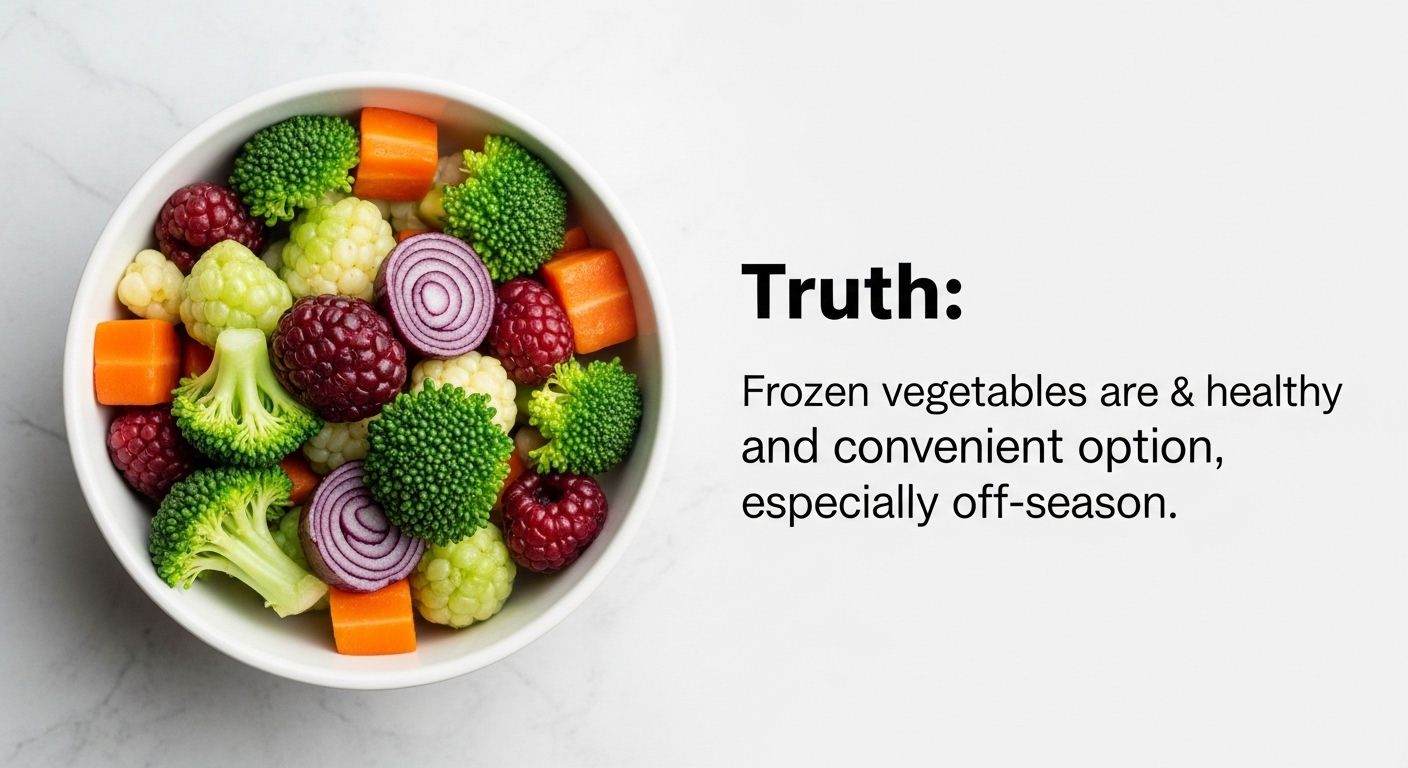
Myth: Frozen vegetables lose all their vitamins and minerals.
Fact: Vegetables are usually frozen soon after harvest, preserving most nutrients. In some cases, they can be more nutritious than fresh vegetables that have been stored for days.
Truth: Frozen vegetables are a healthy and convenient option, especially off-season.
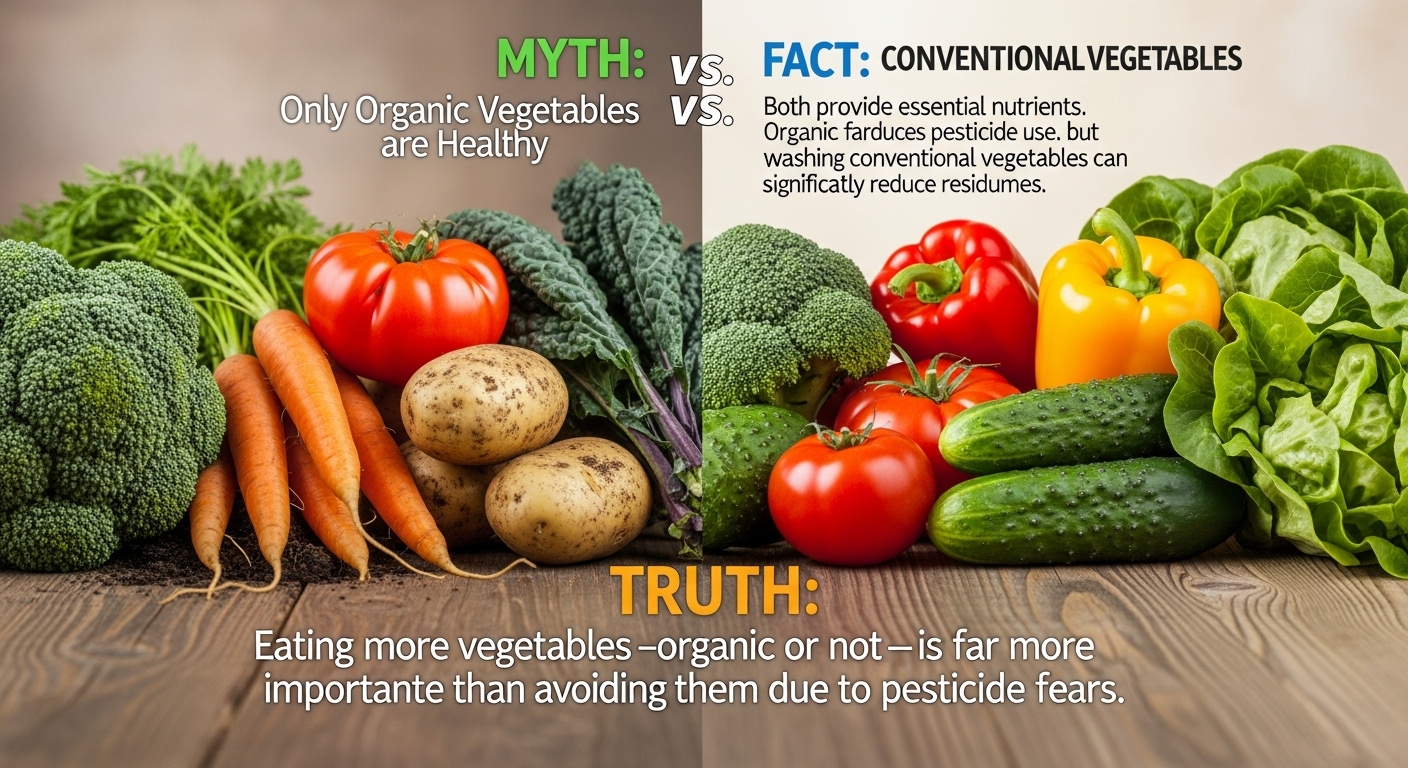
Myth: Conventional vegetables are unhealthy compared to organic ones.
Fact: Both provide essential nutrients. Organic farming reduces pesticide use, but washing conventional vegetables can significantly reduce residues.
Truth: Eating more vegetables—organic or not—is far more important than avoiding them due to pesticide fears.
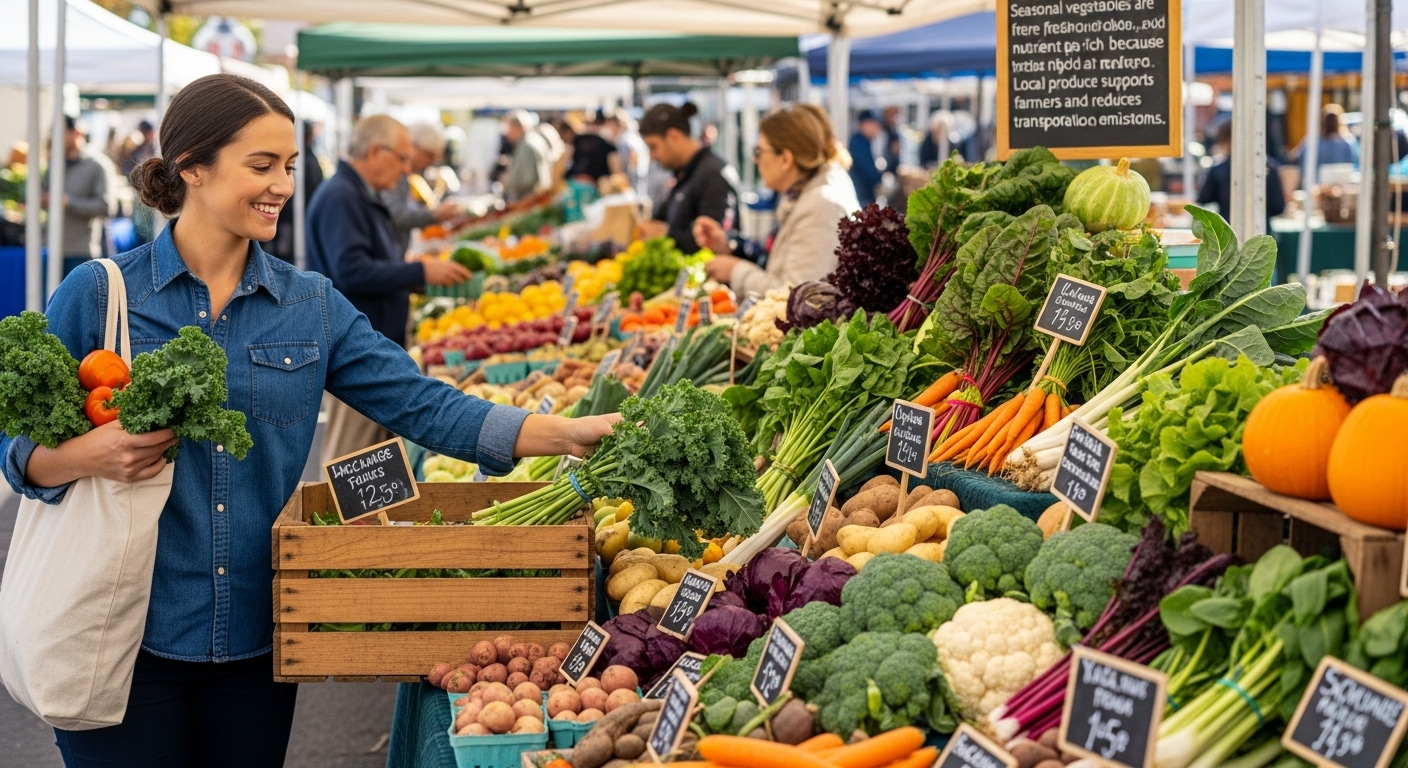
Benefits:
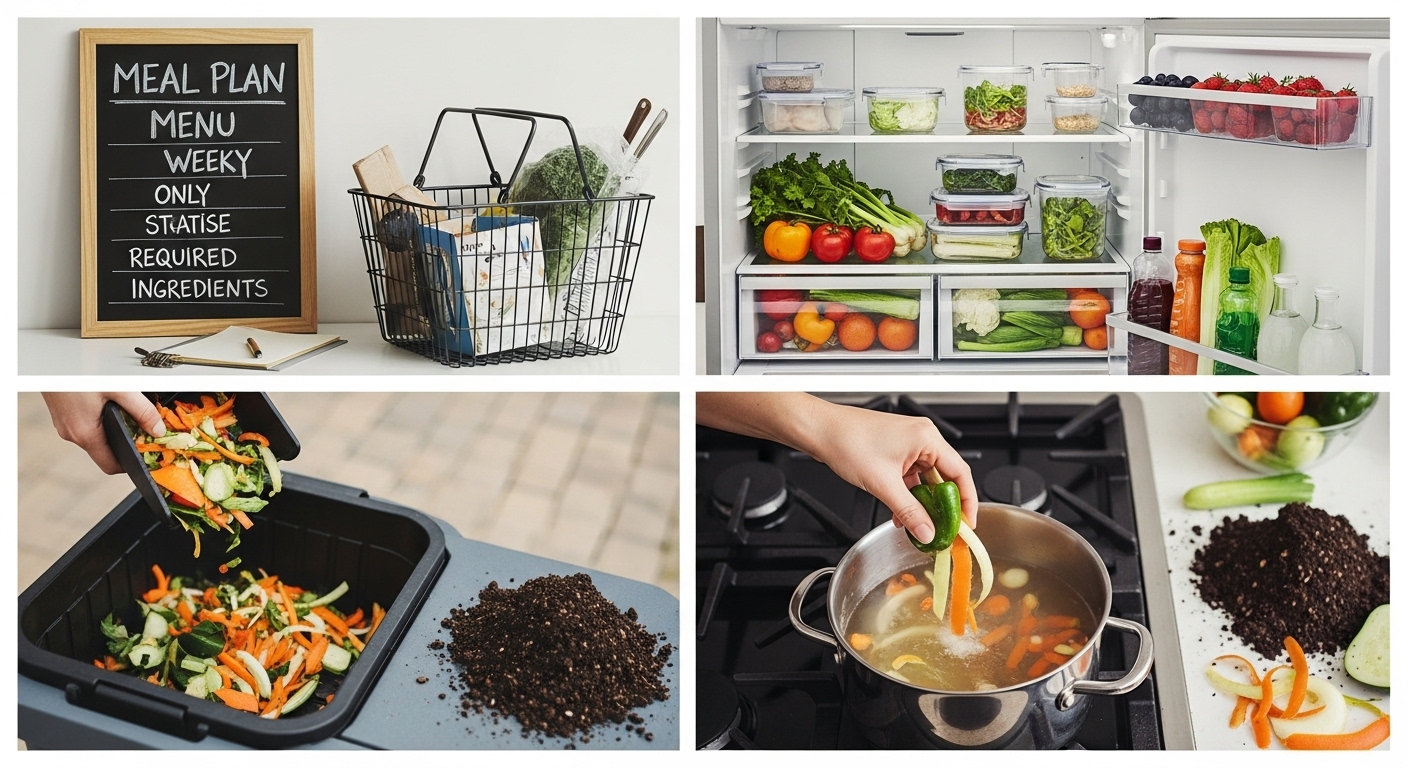
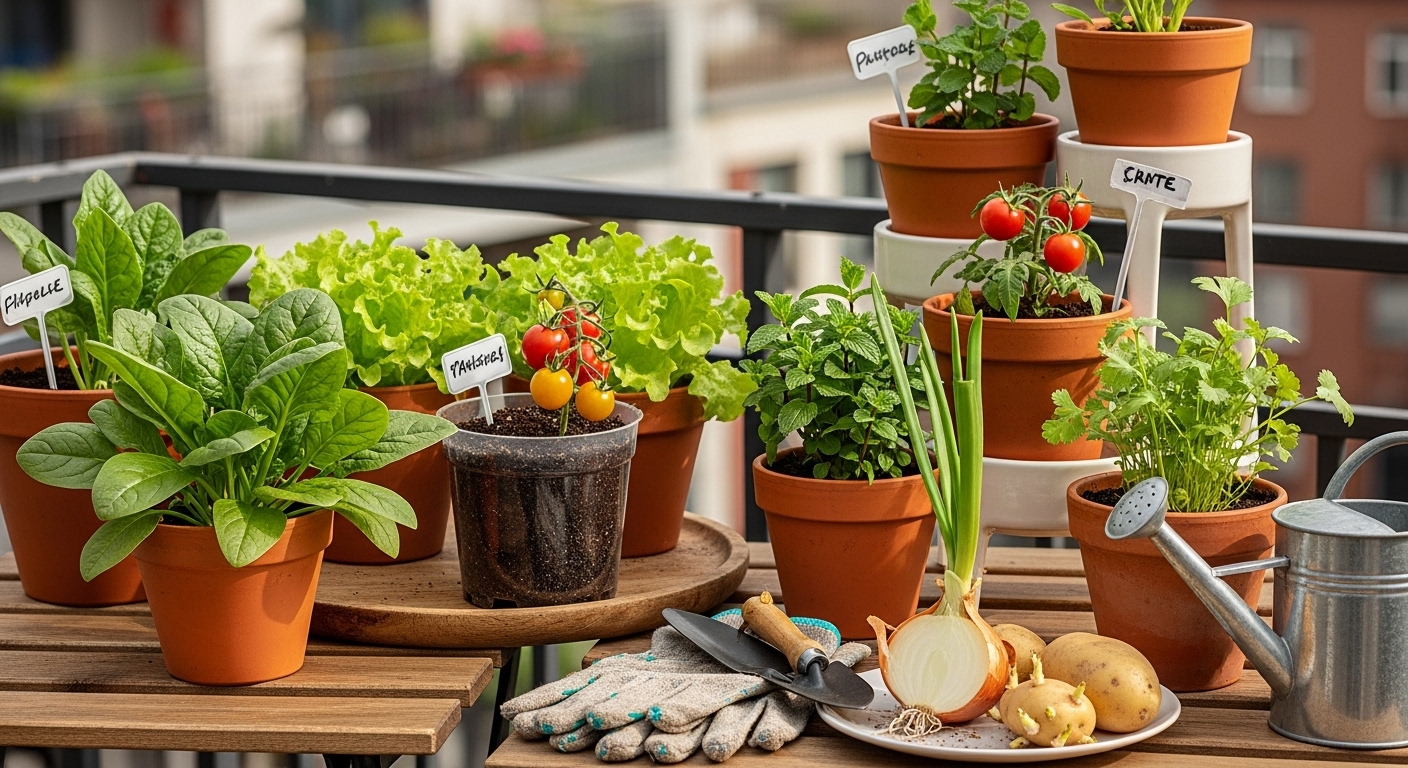
Easy options: Spinach, lettuce, tomatoes, and herbs (like mint or coriander) grow well in pots.
Benefits: Saves money, ensures freshness, and promotes sustainability.
Tip: Start with small containers and use kitchen scraps (like onion bulbs, potato eyes) to regrow vegetables.